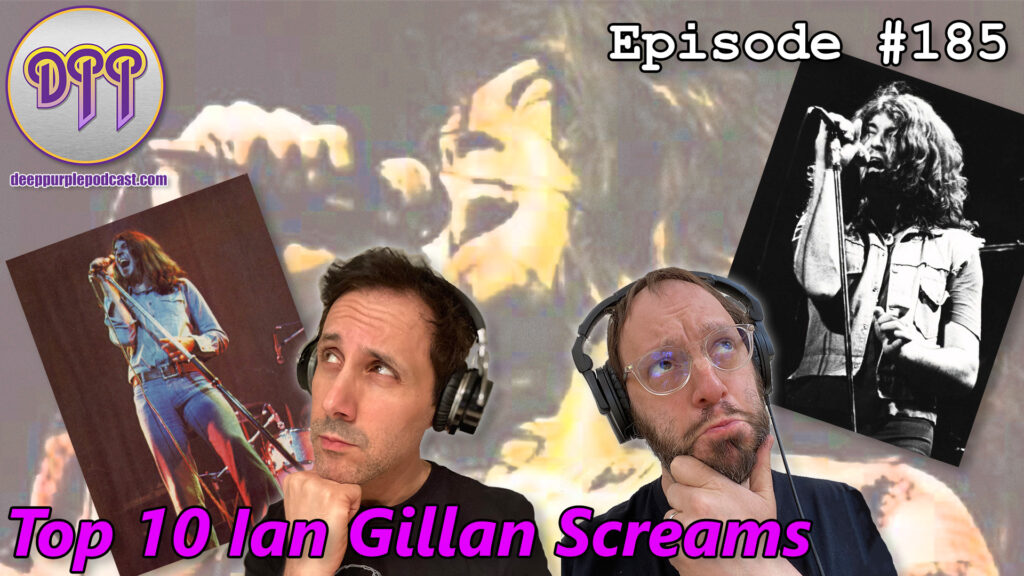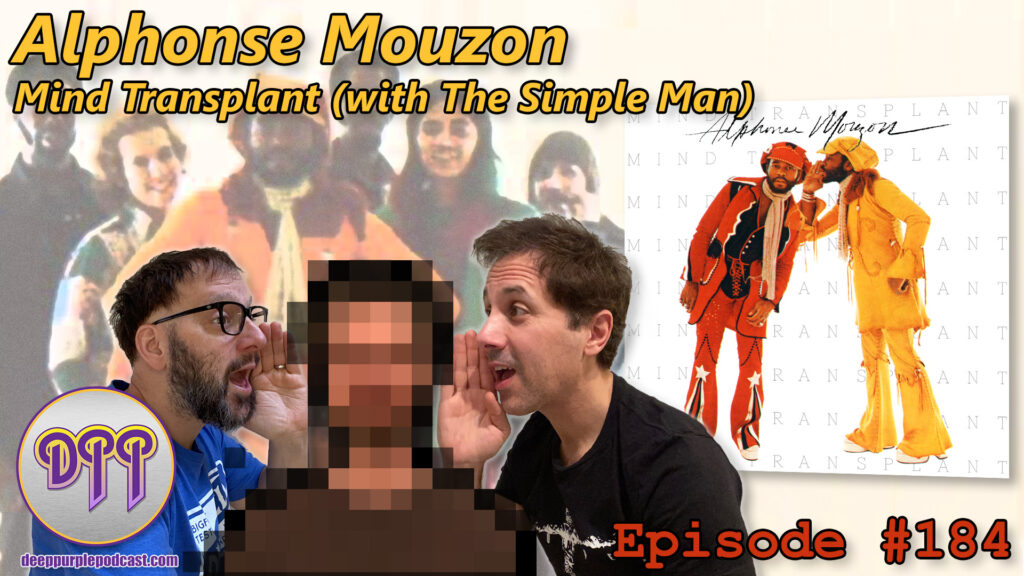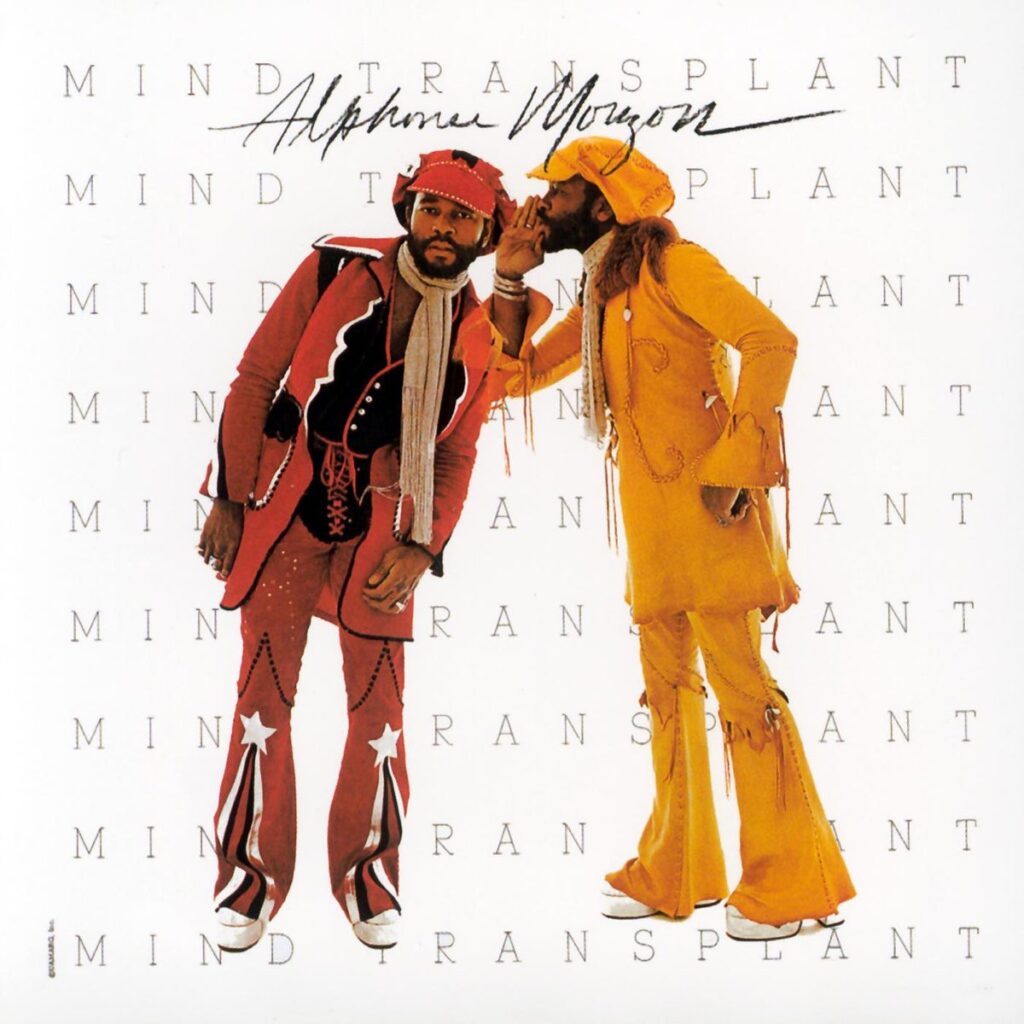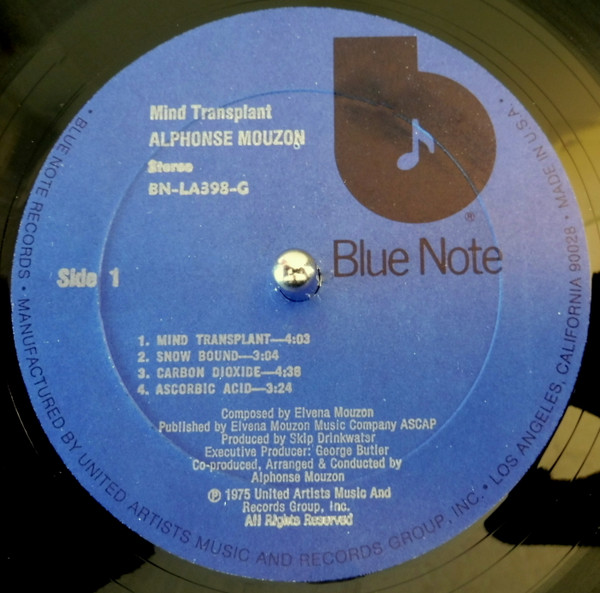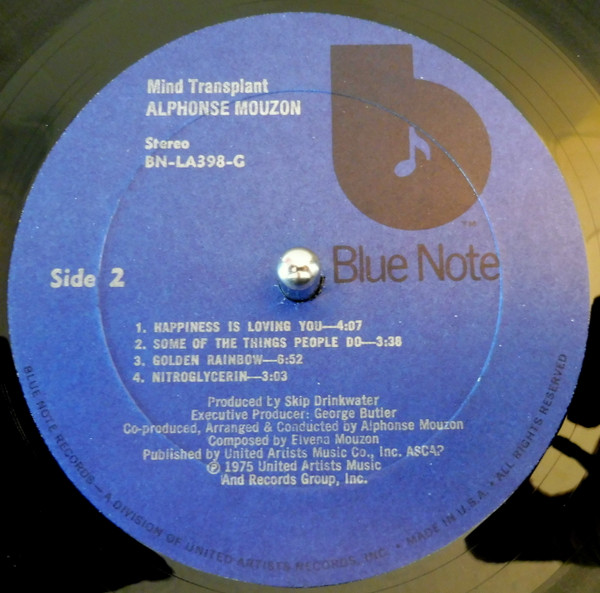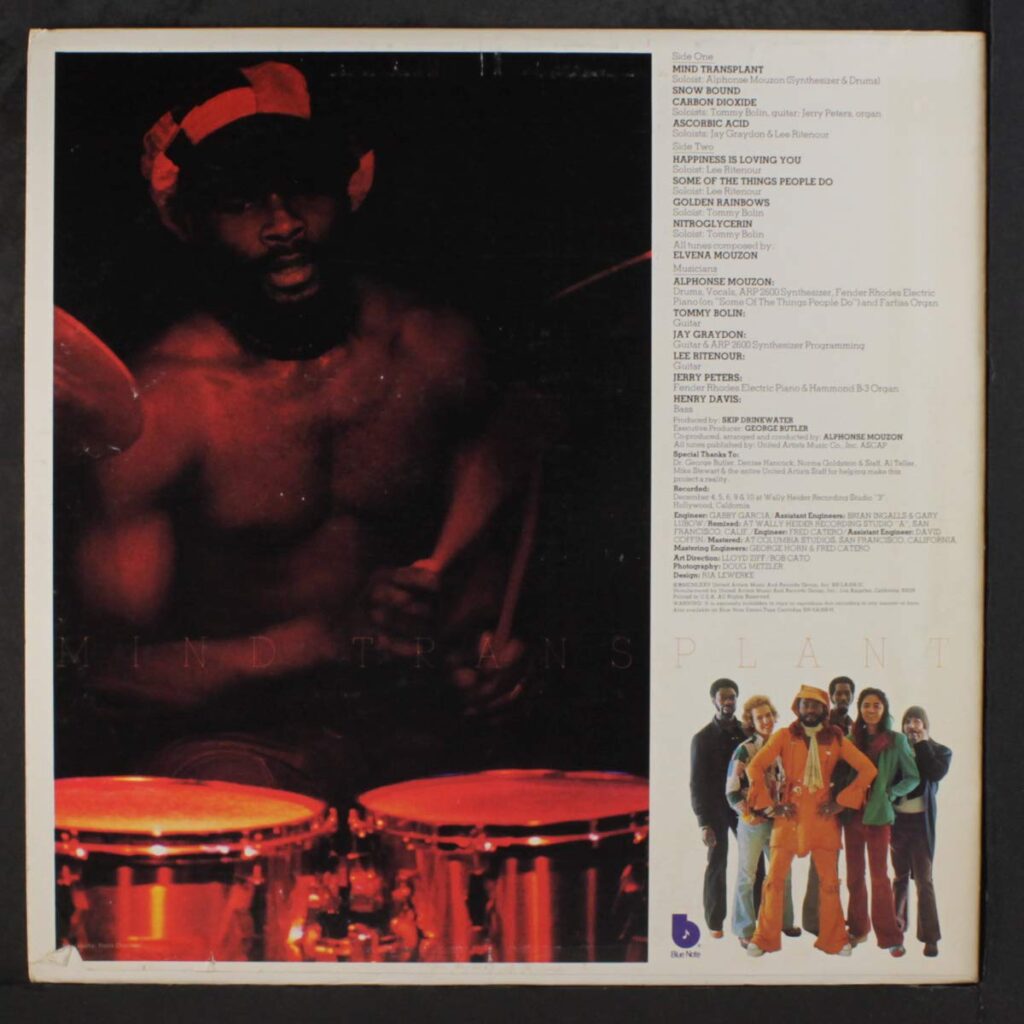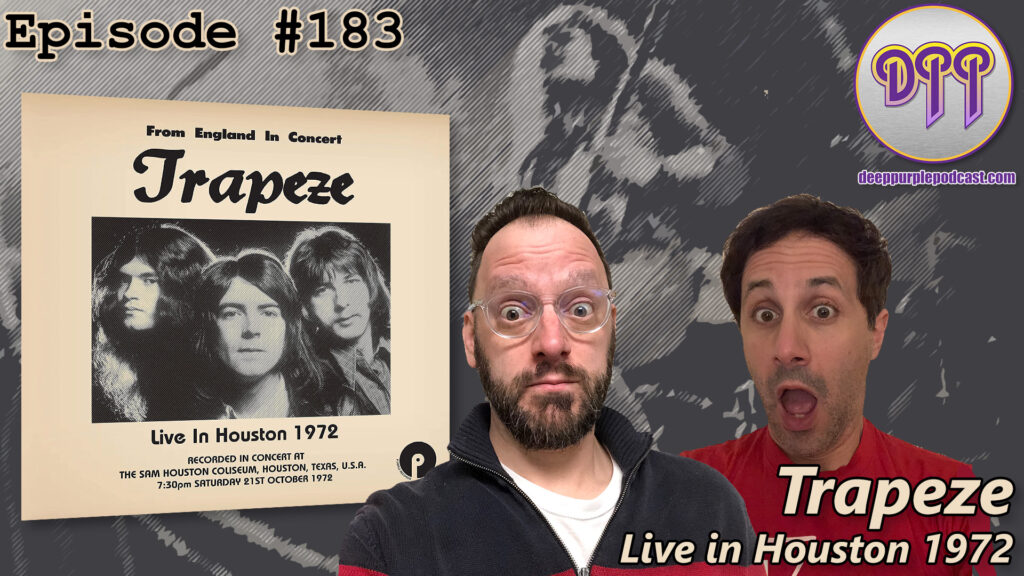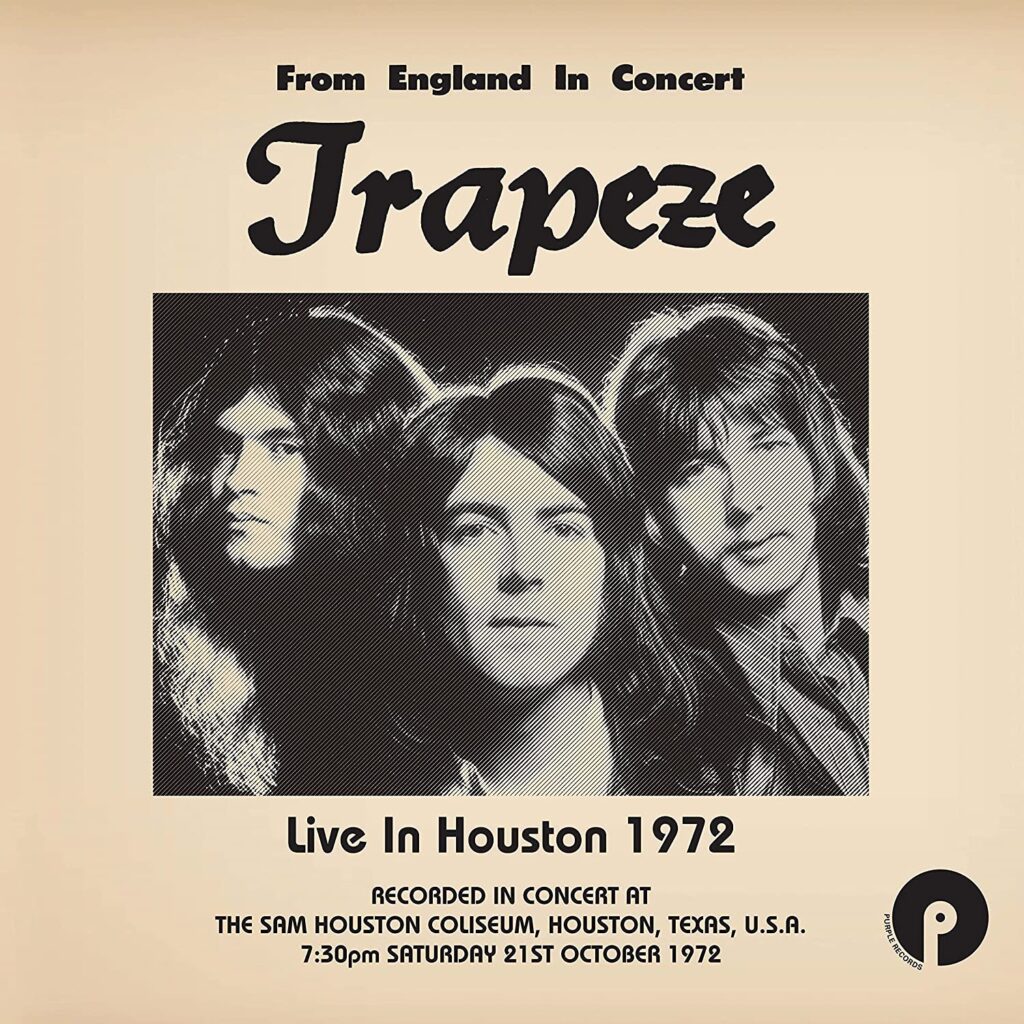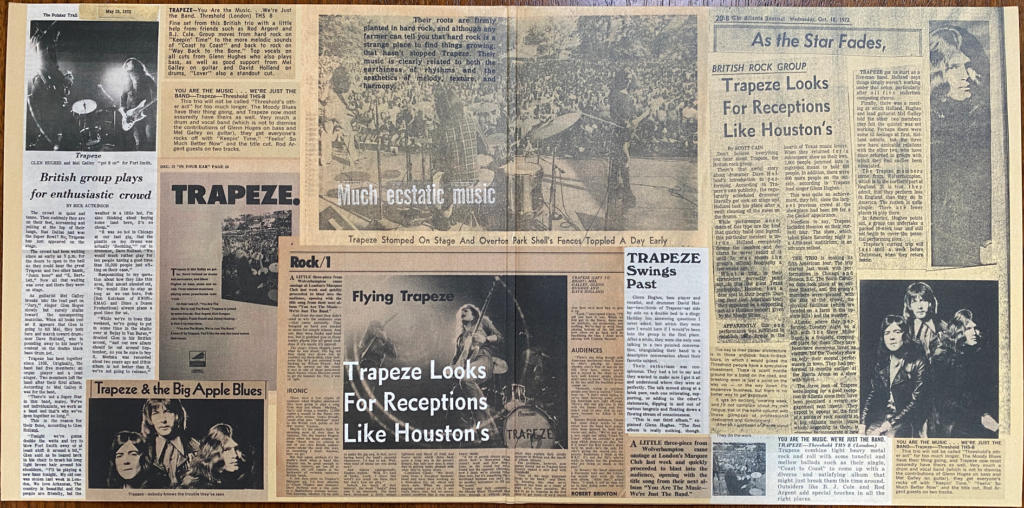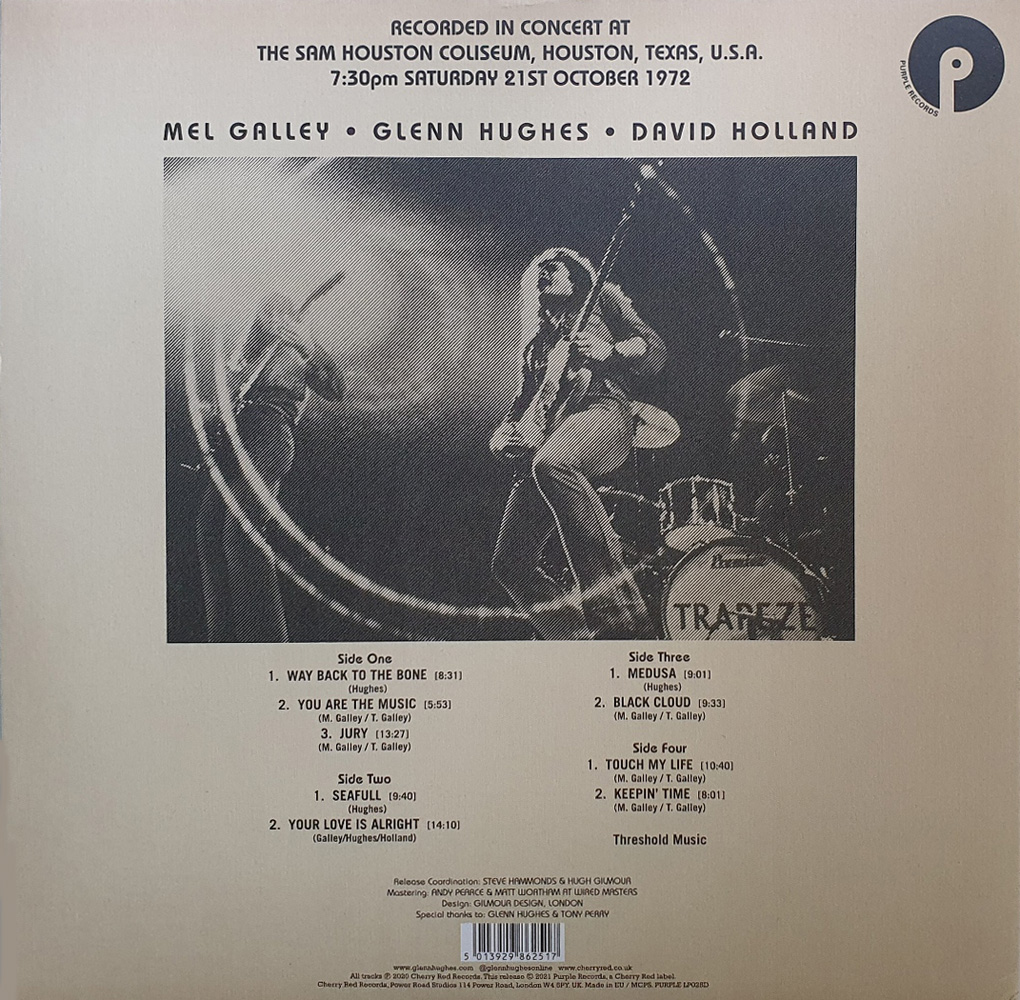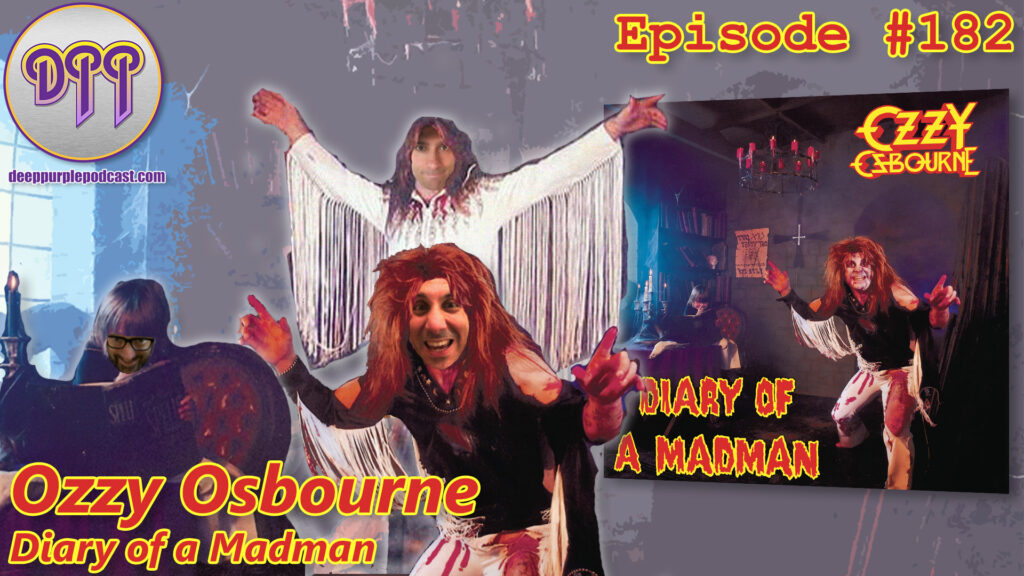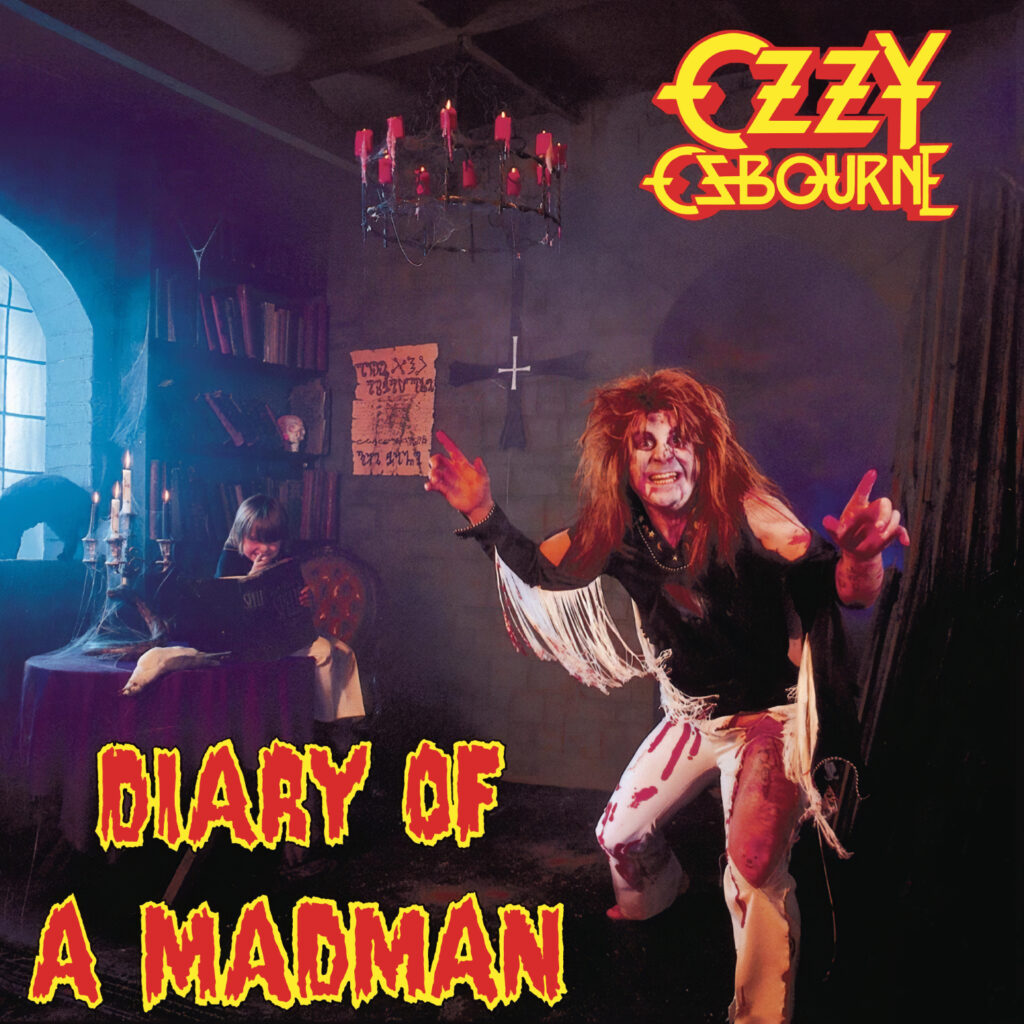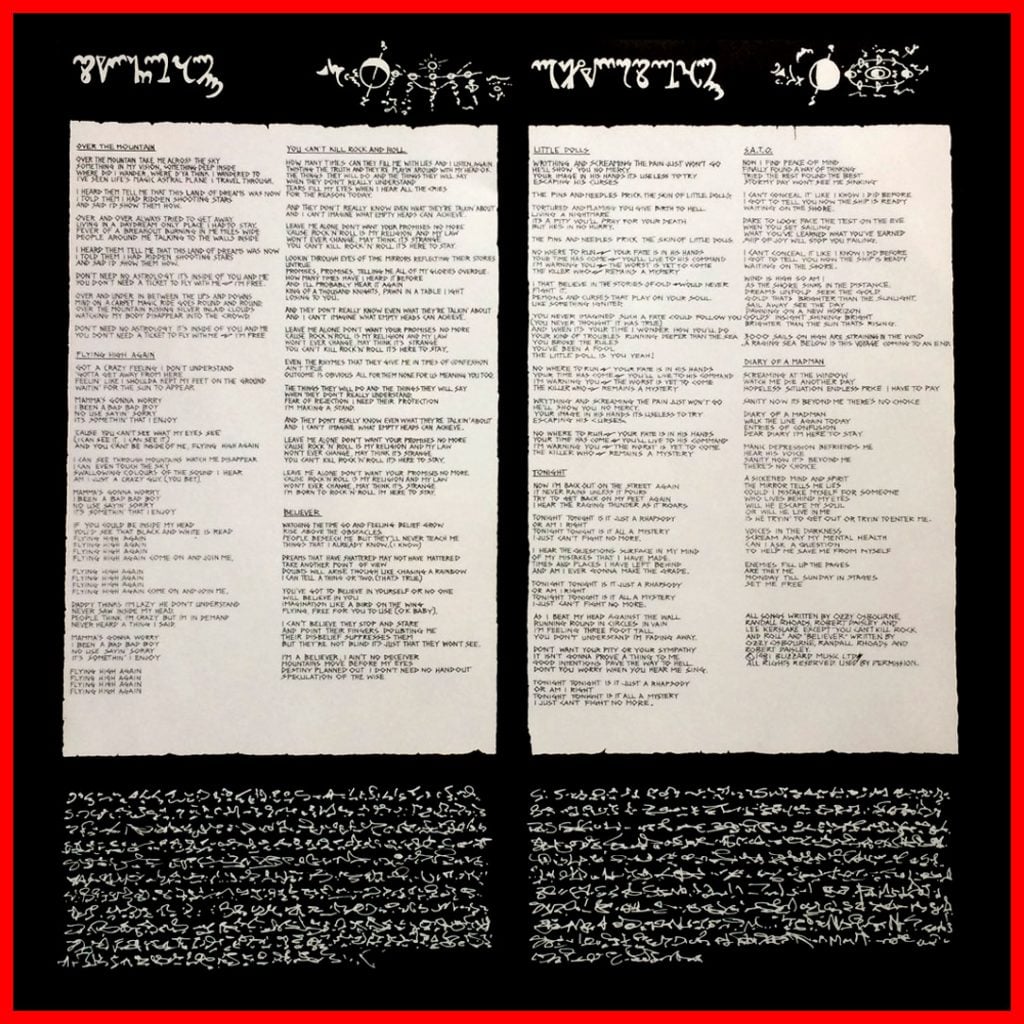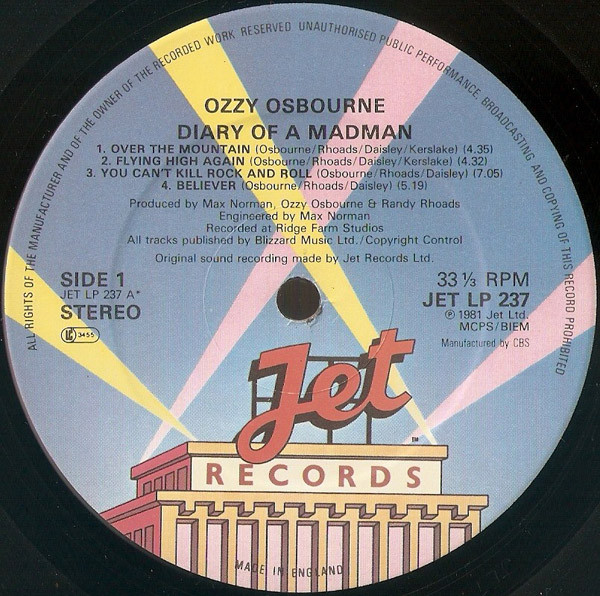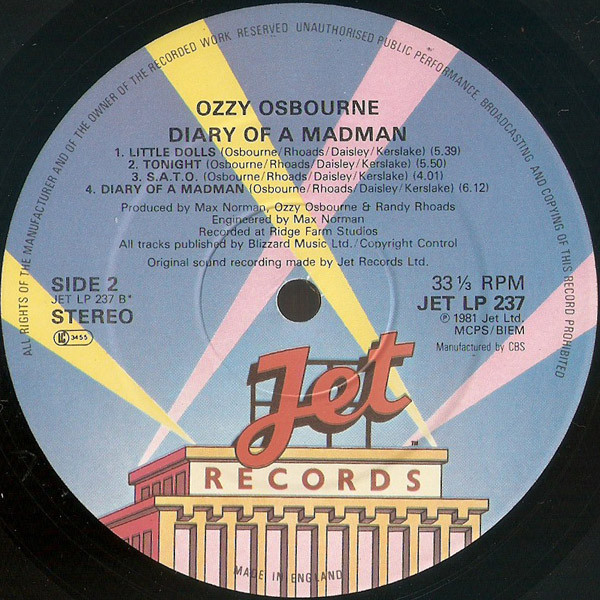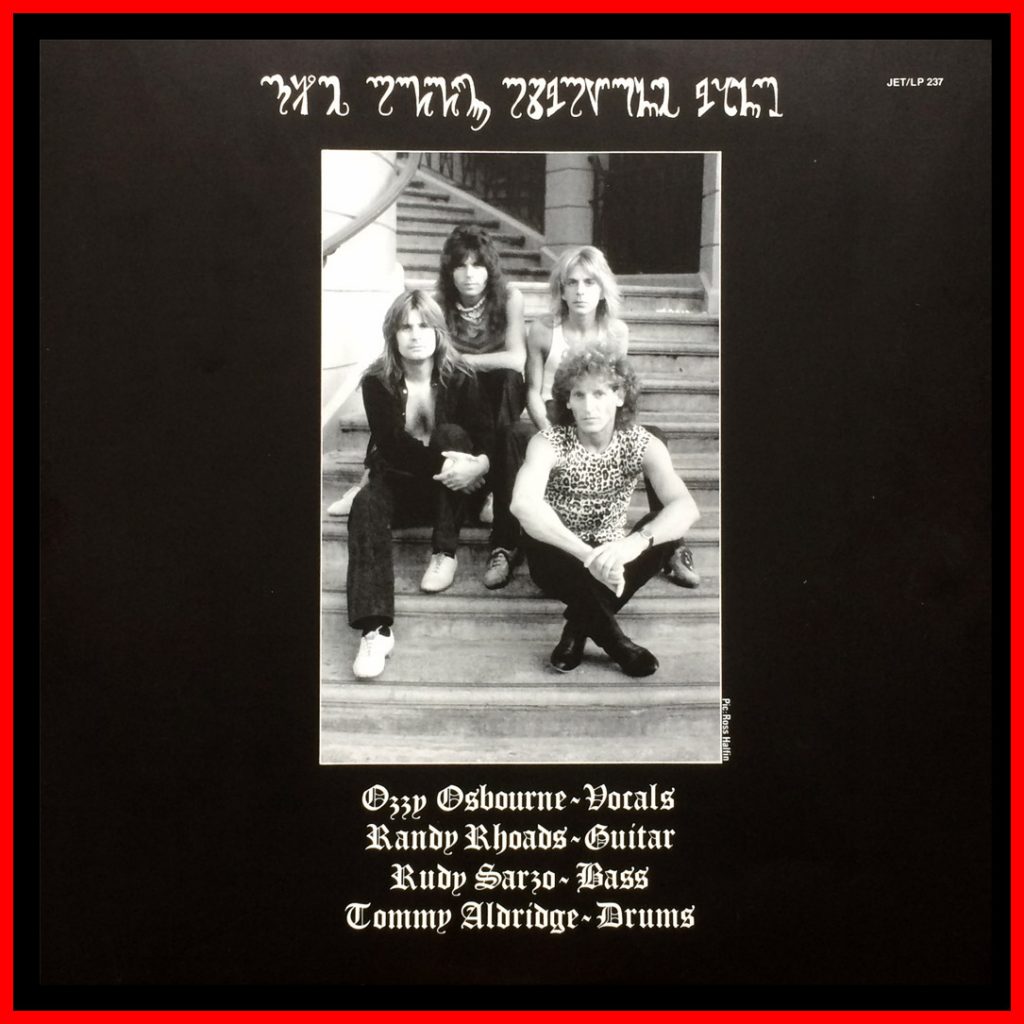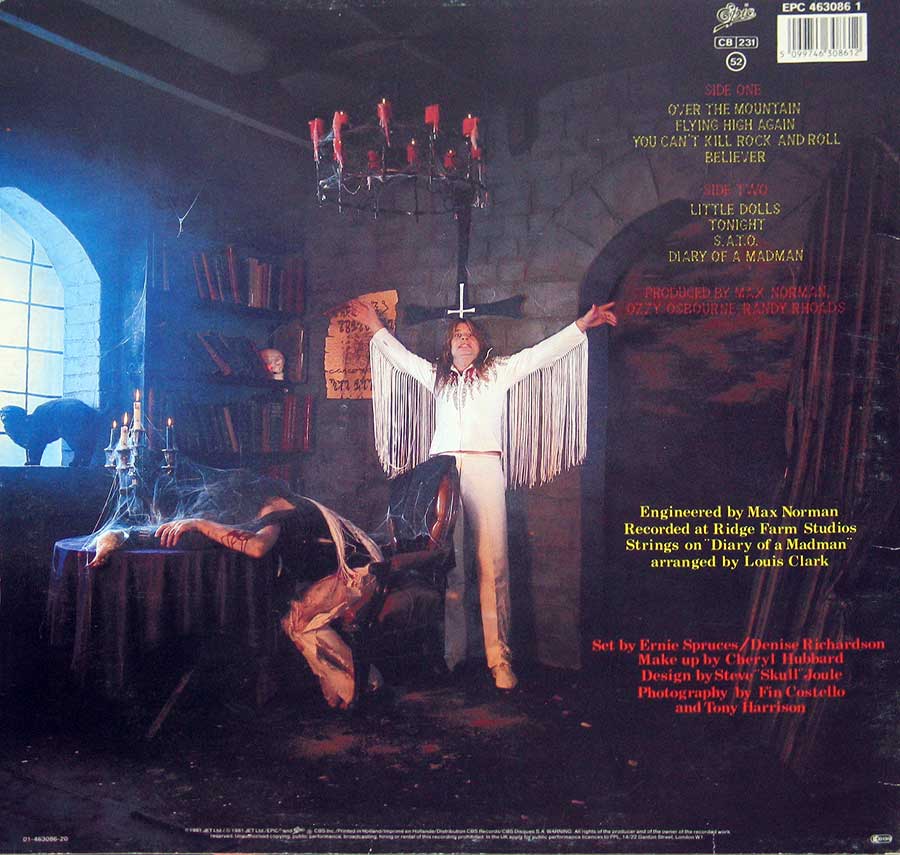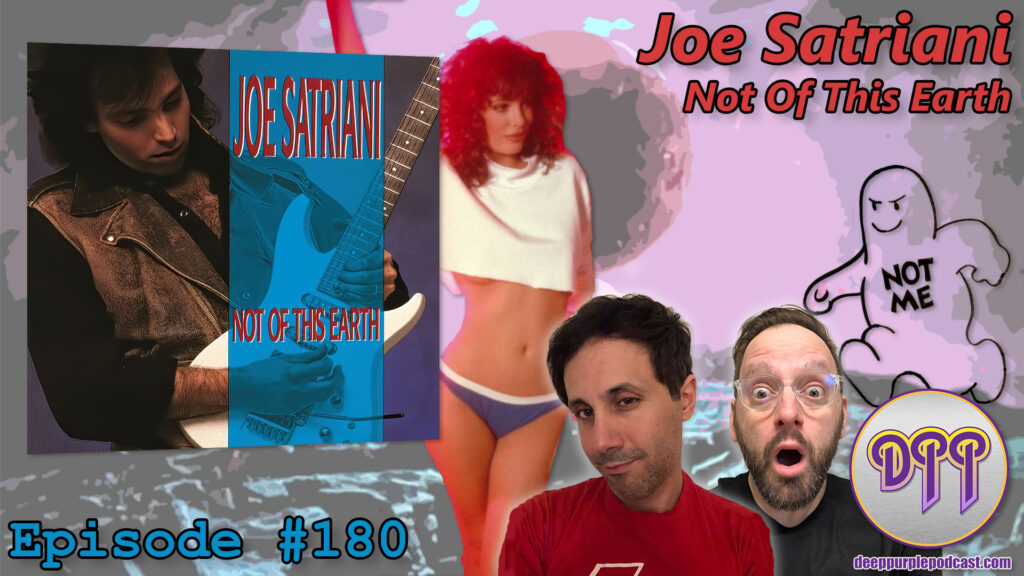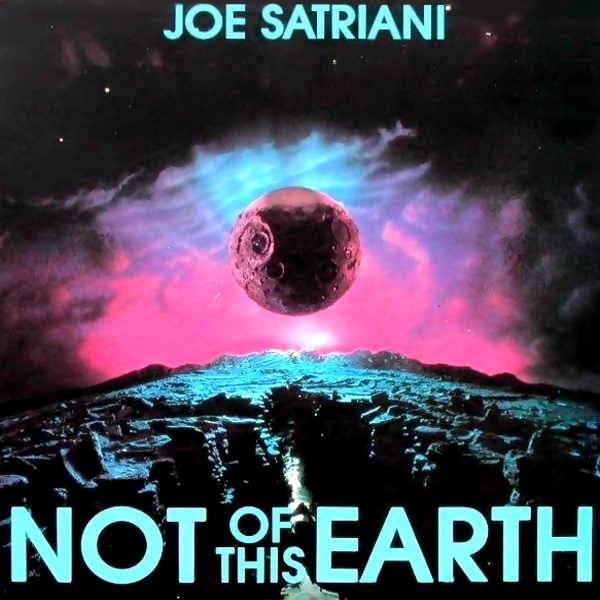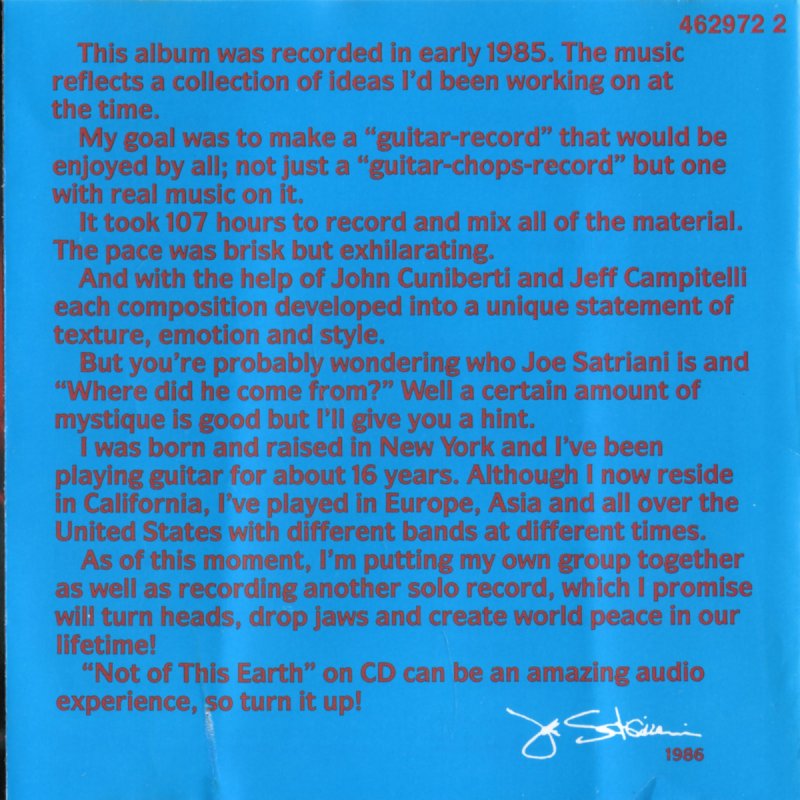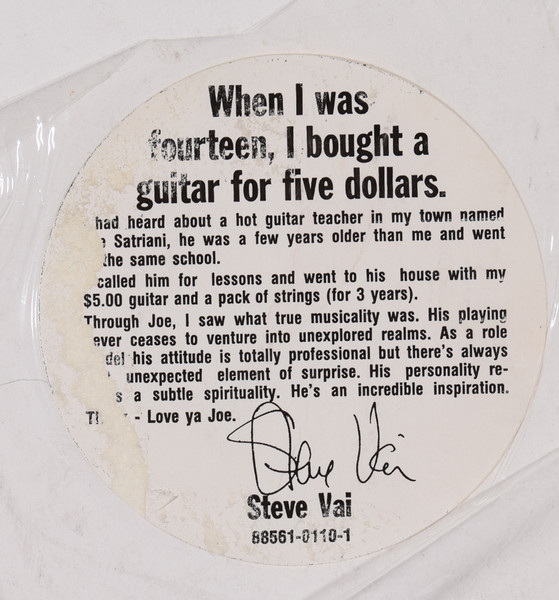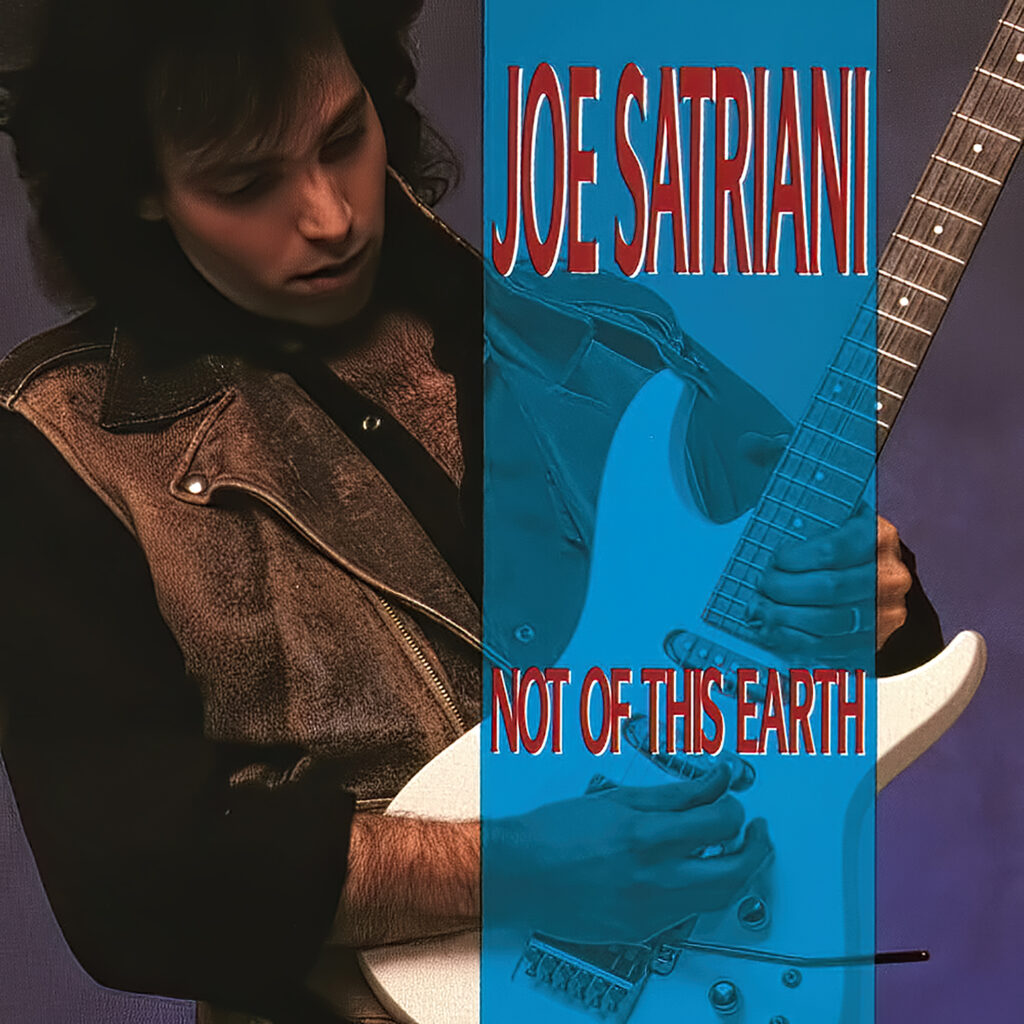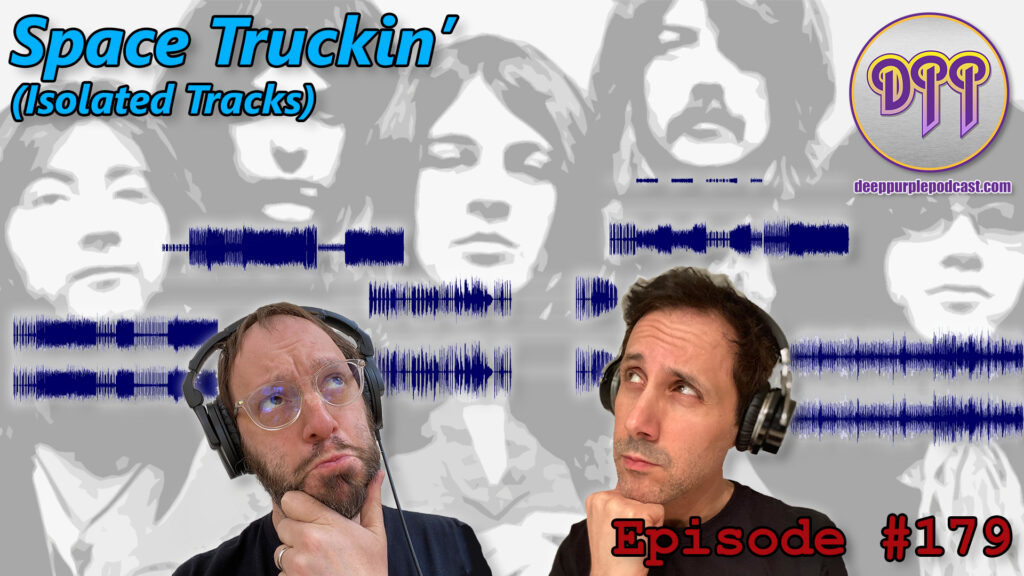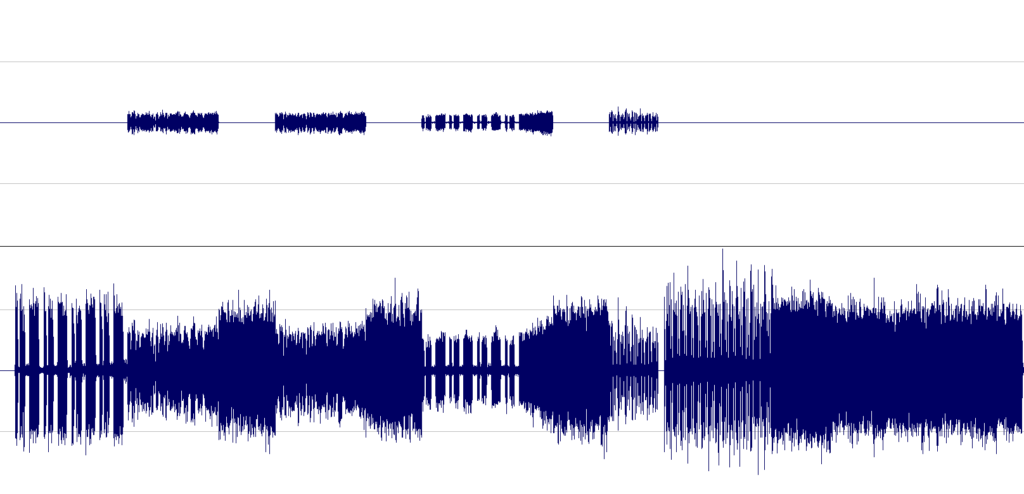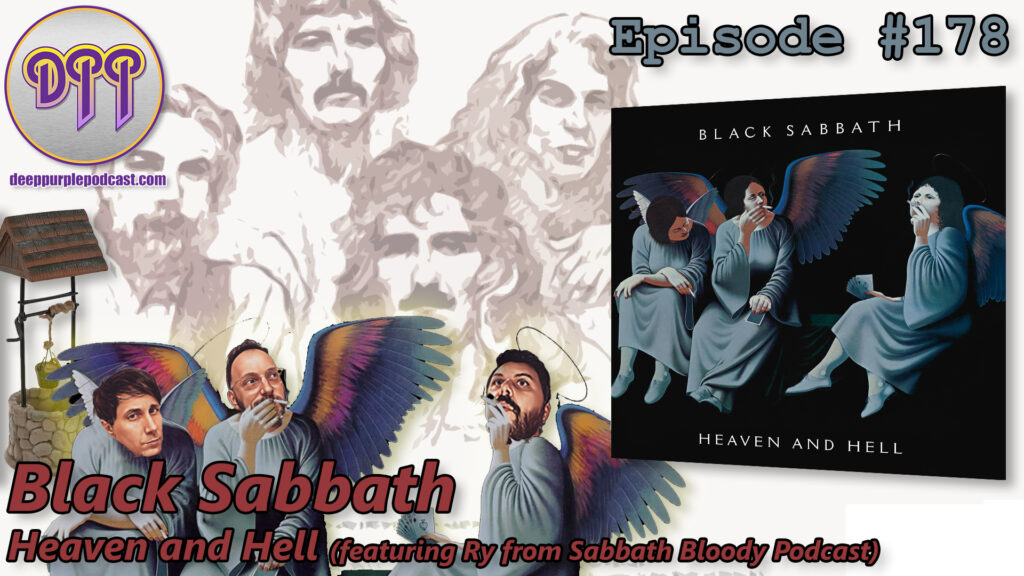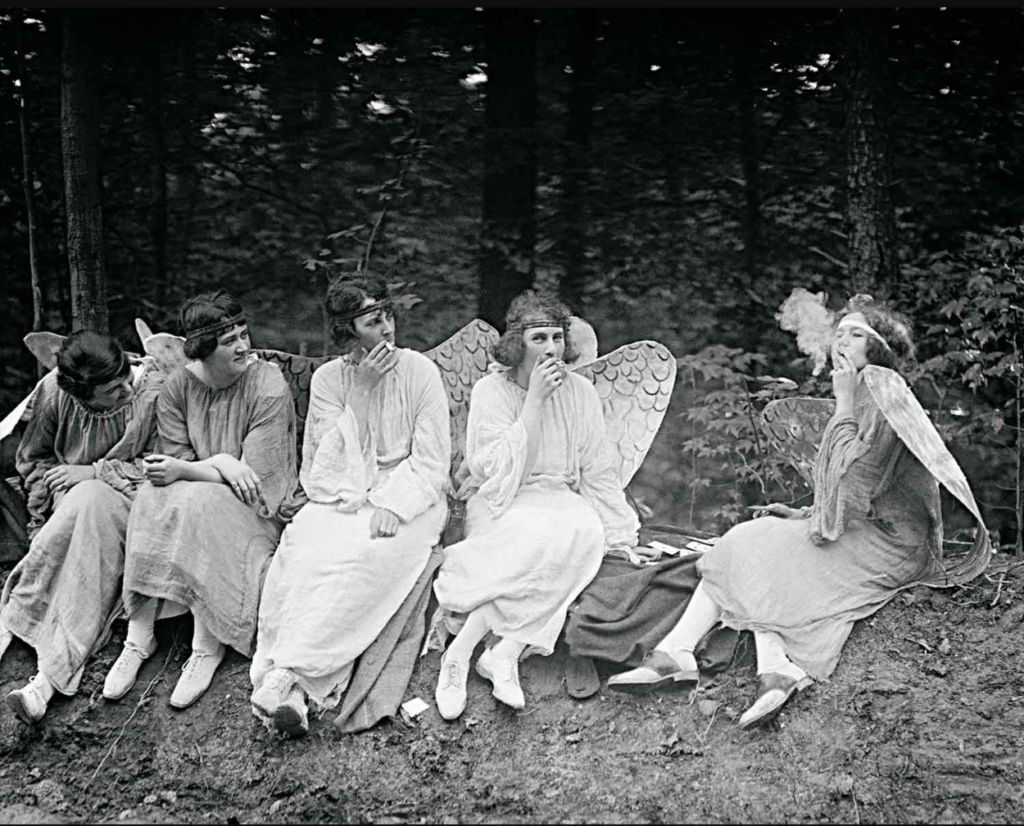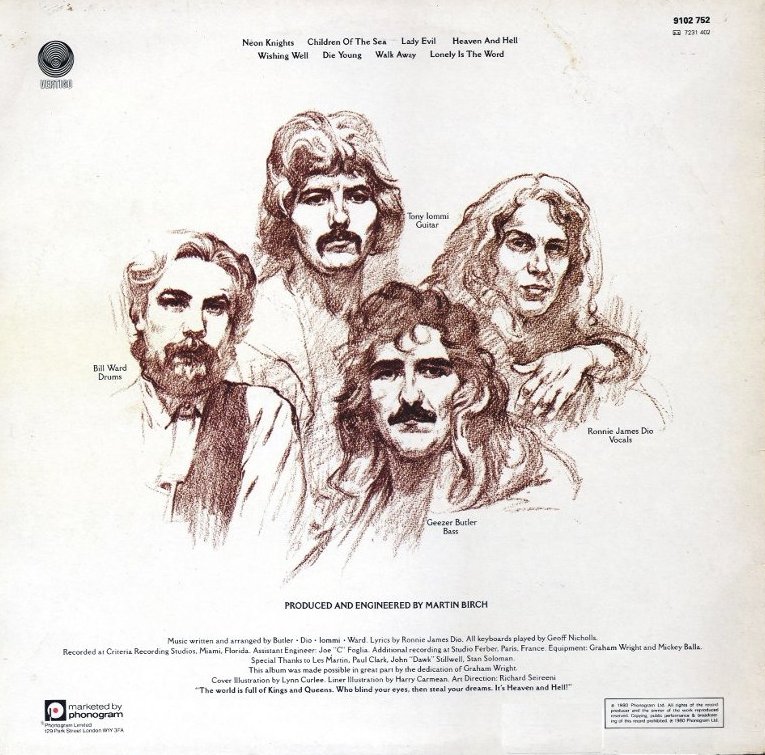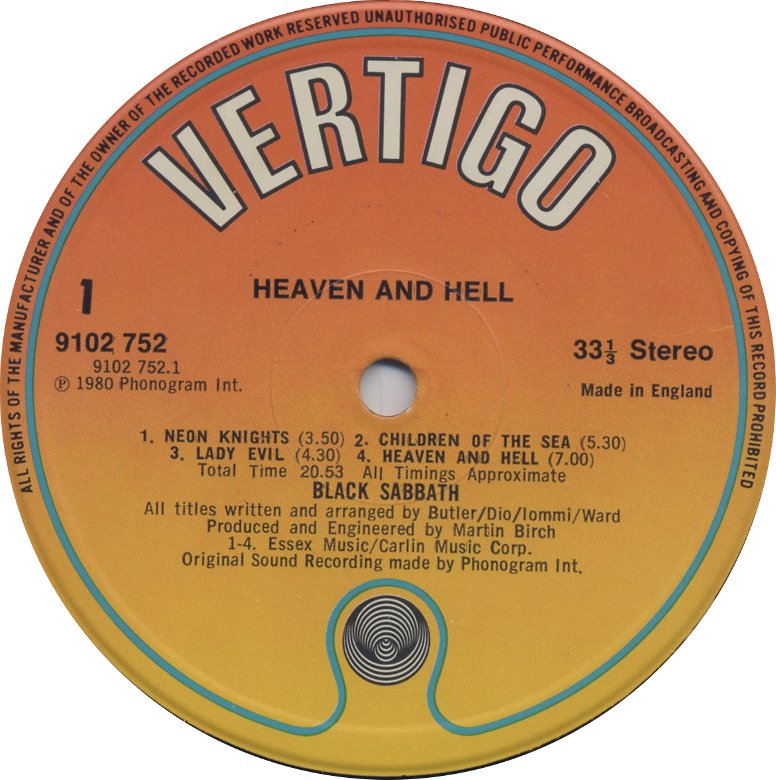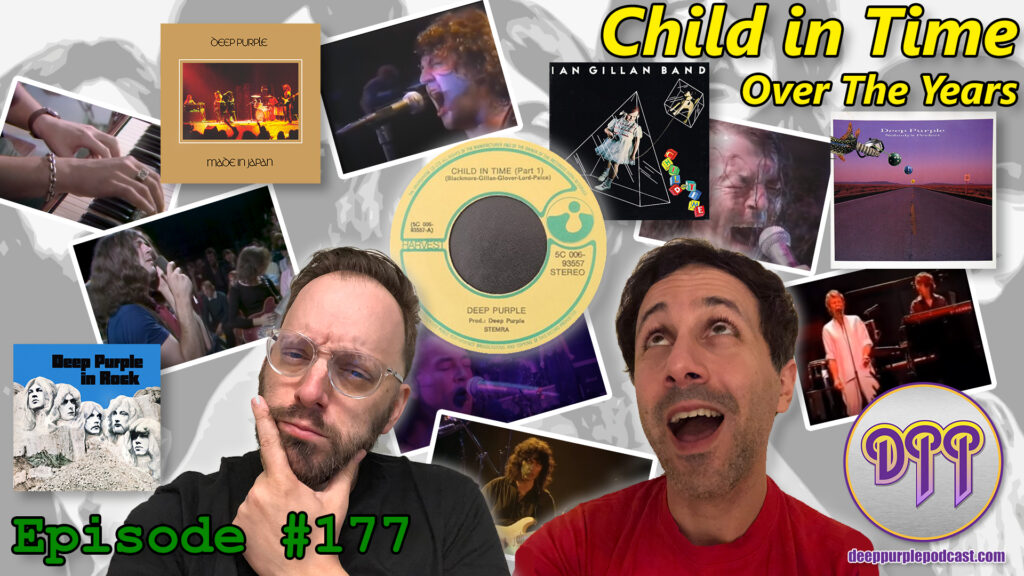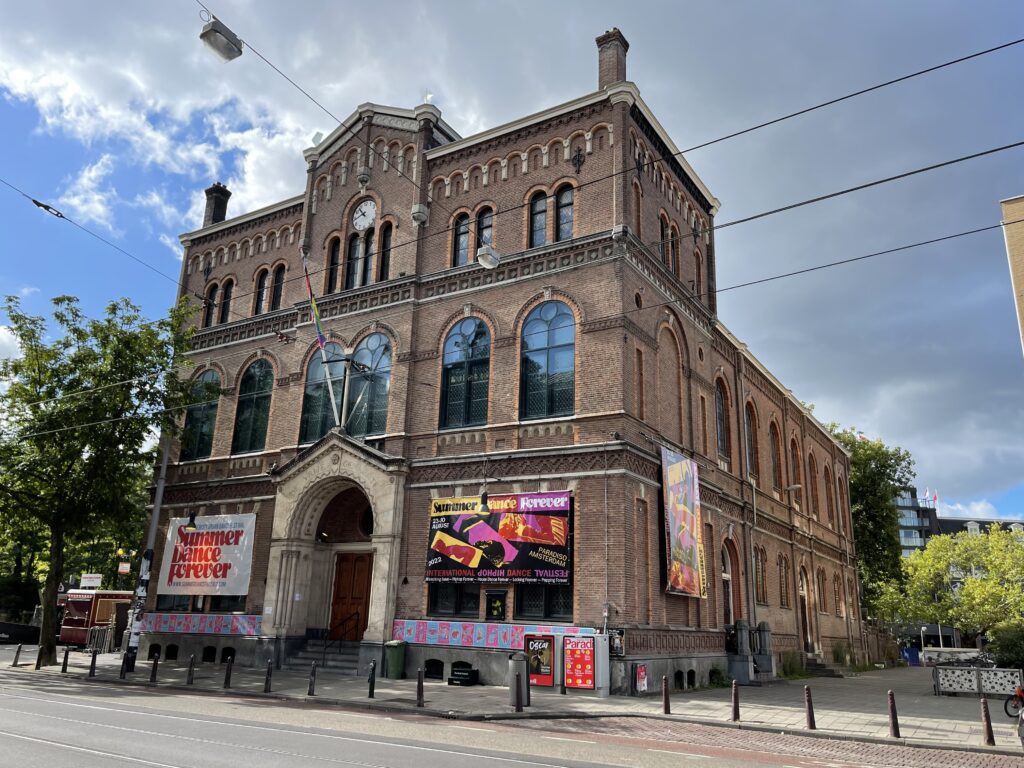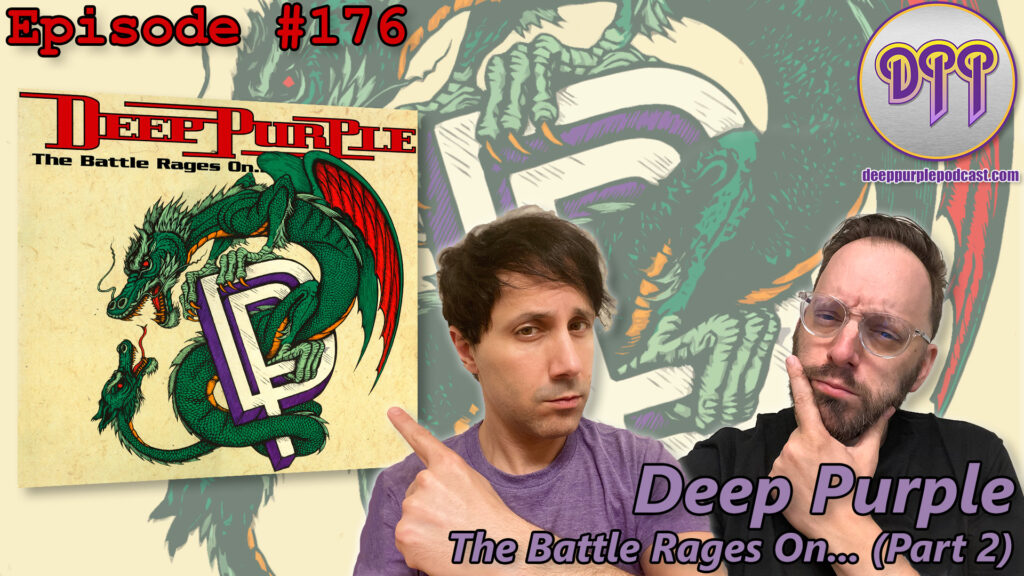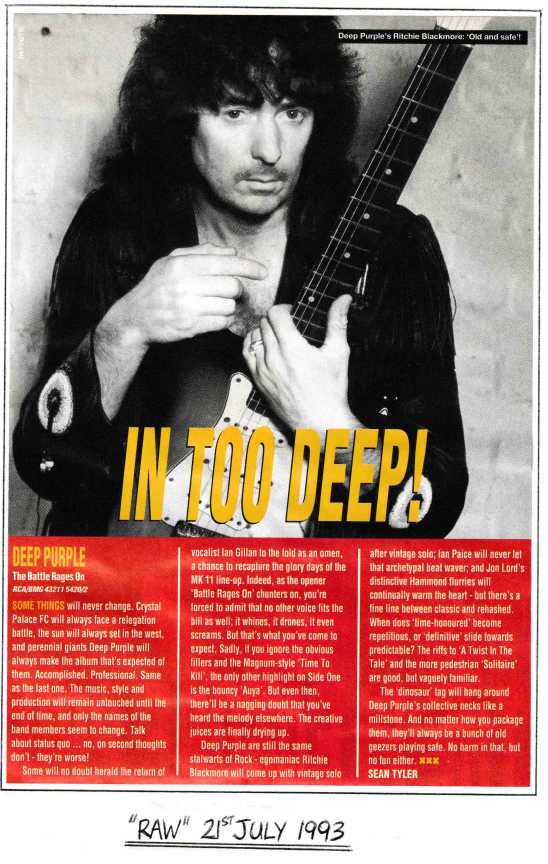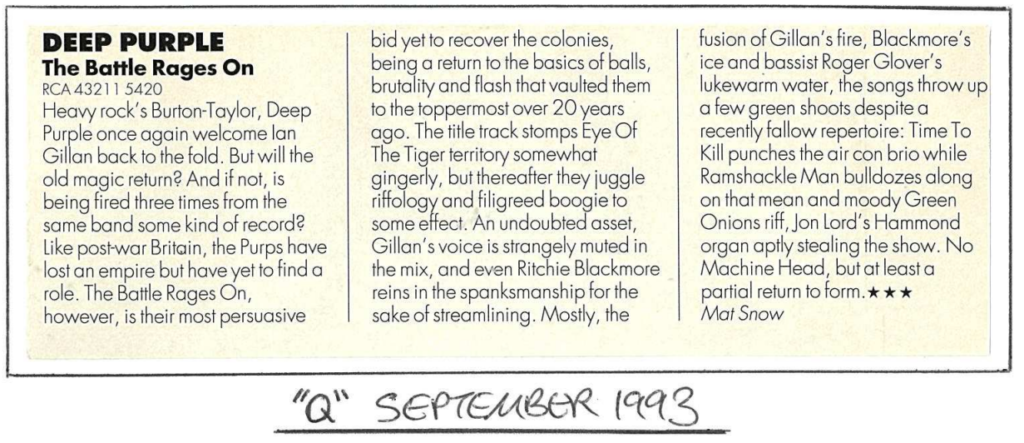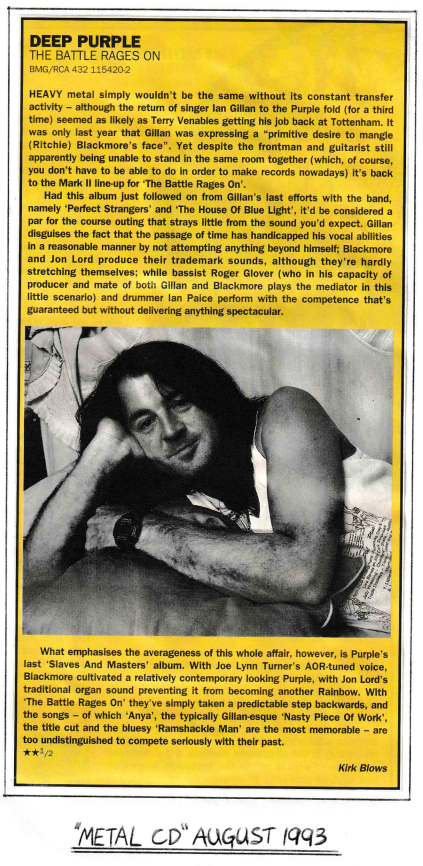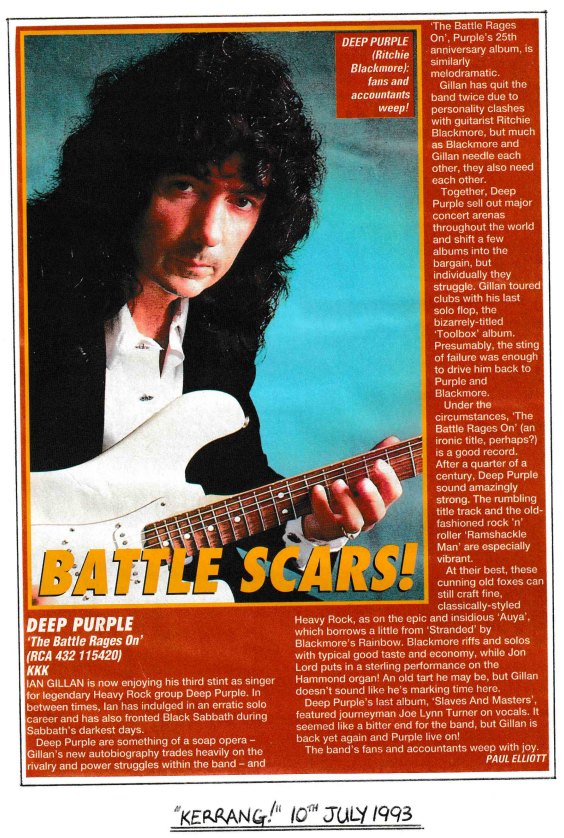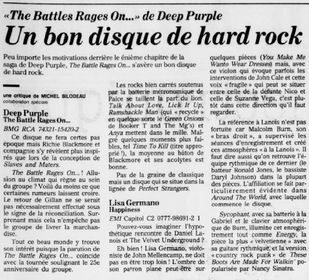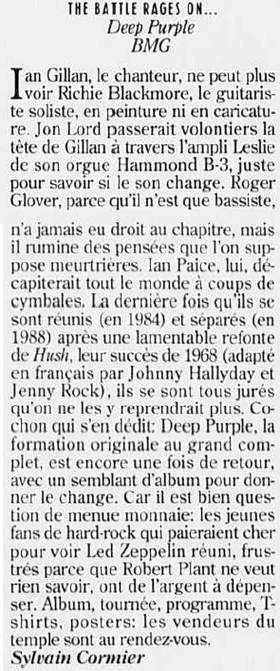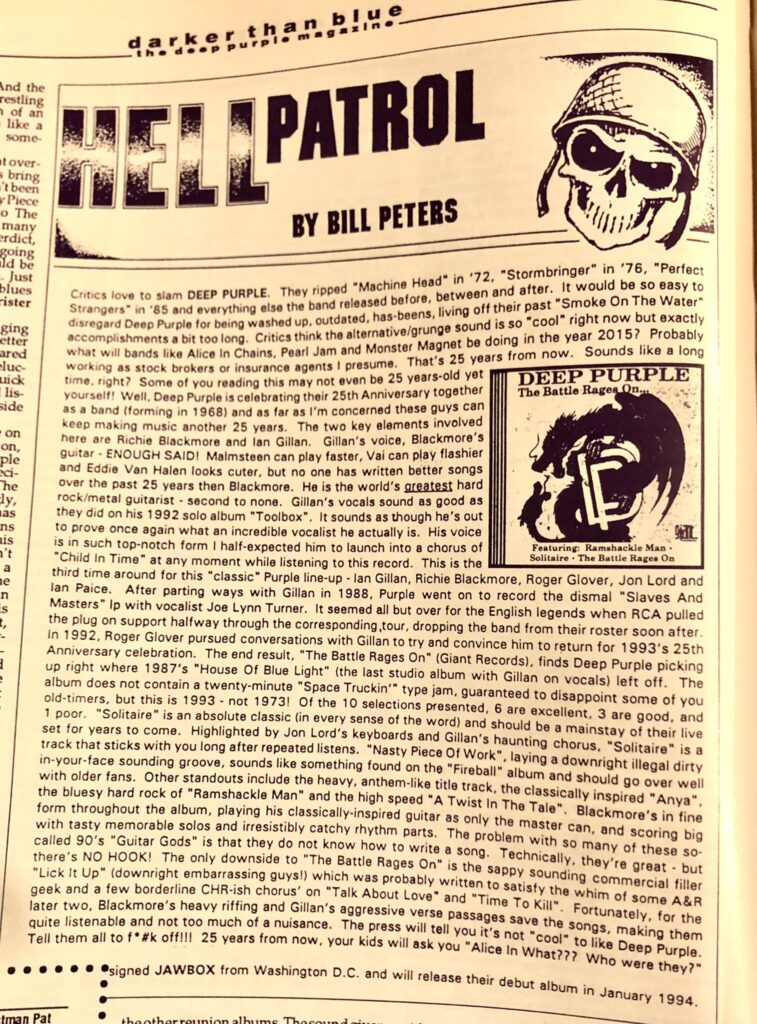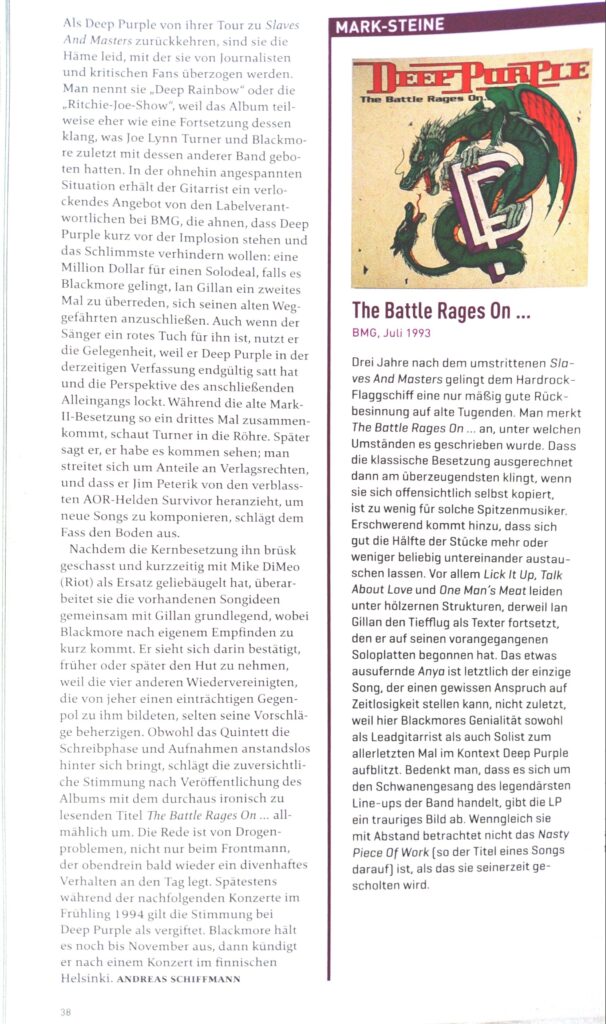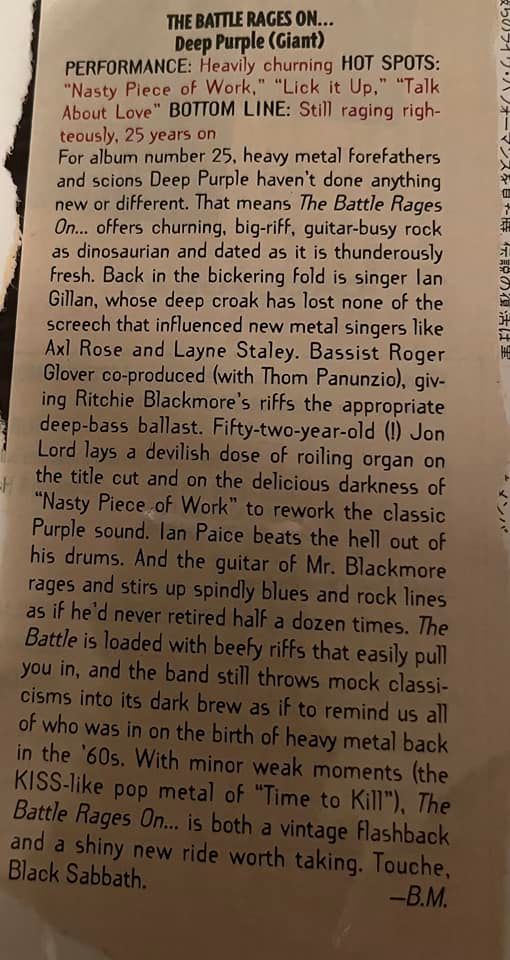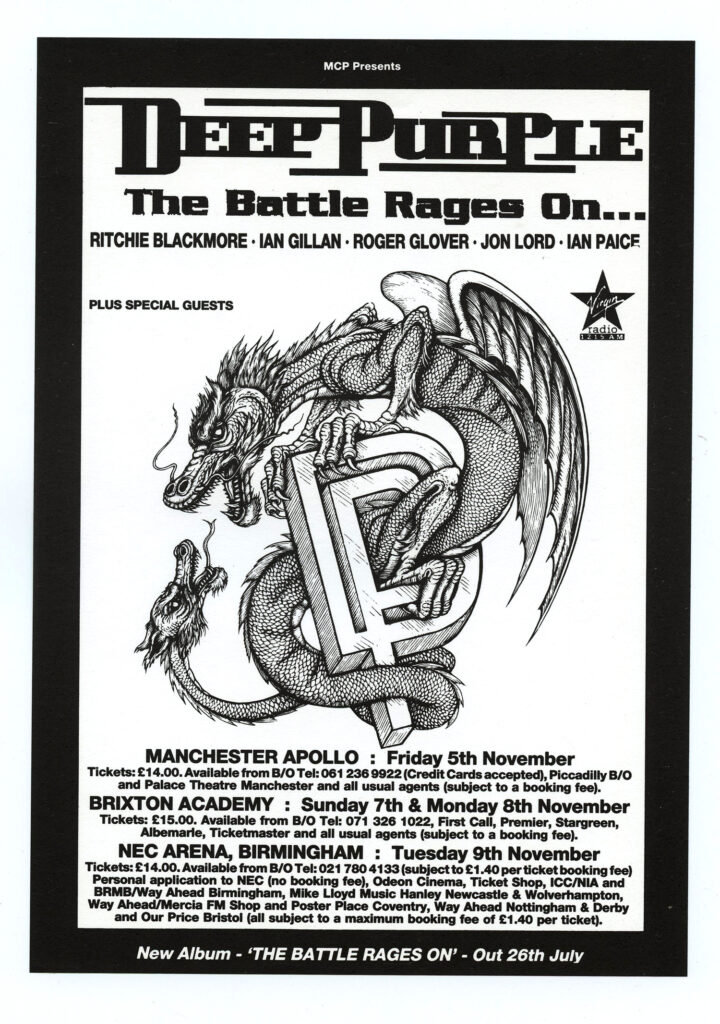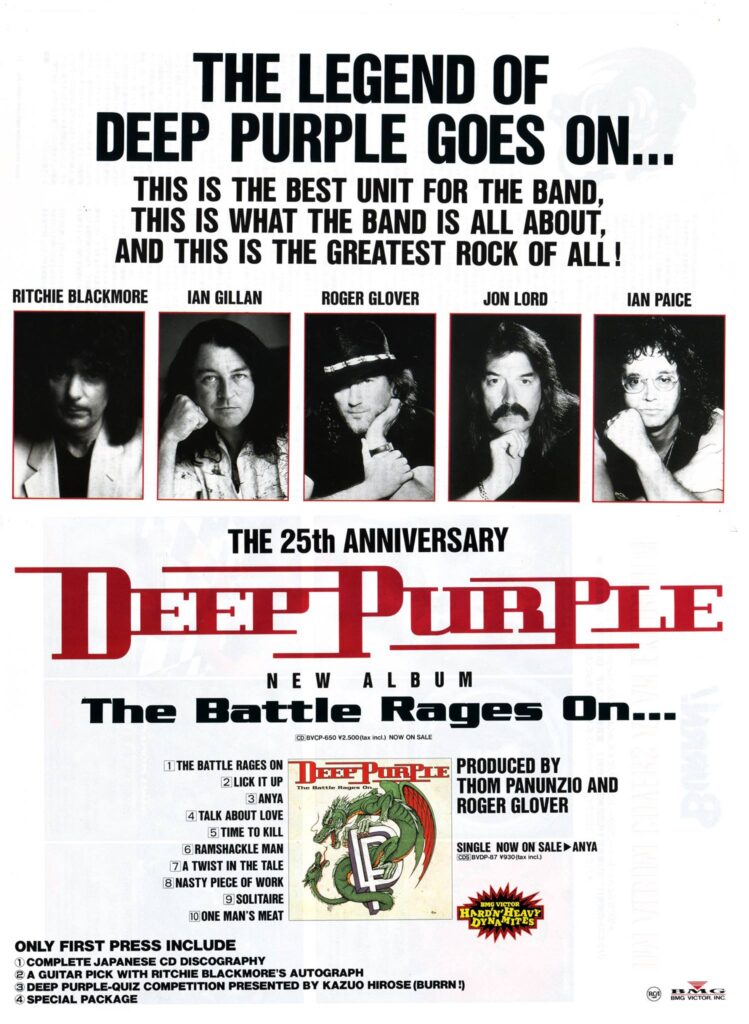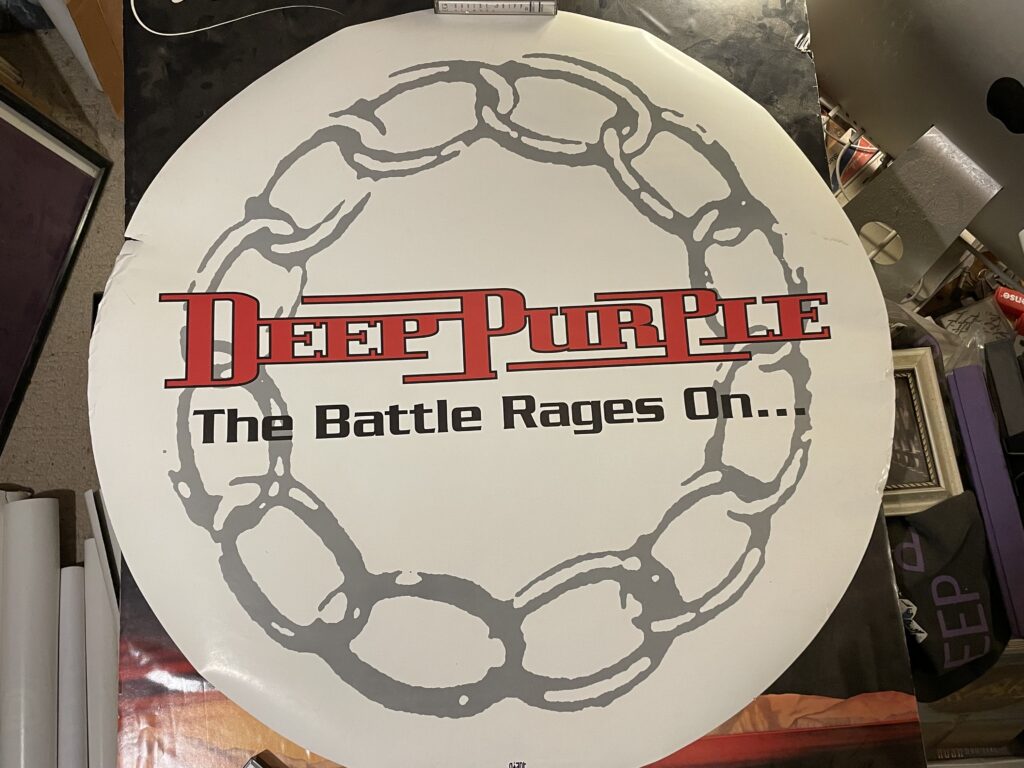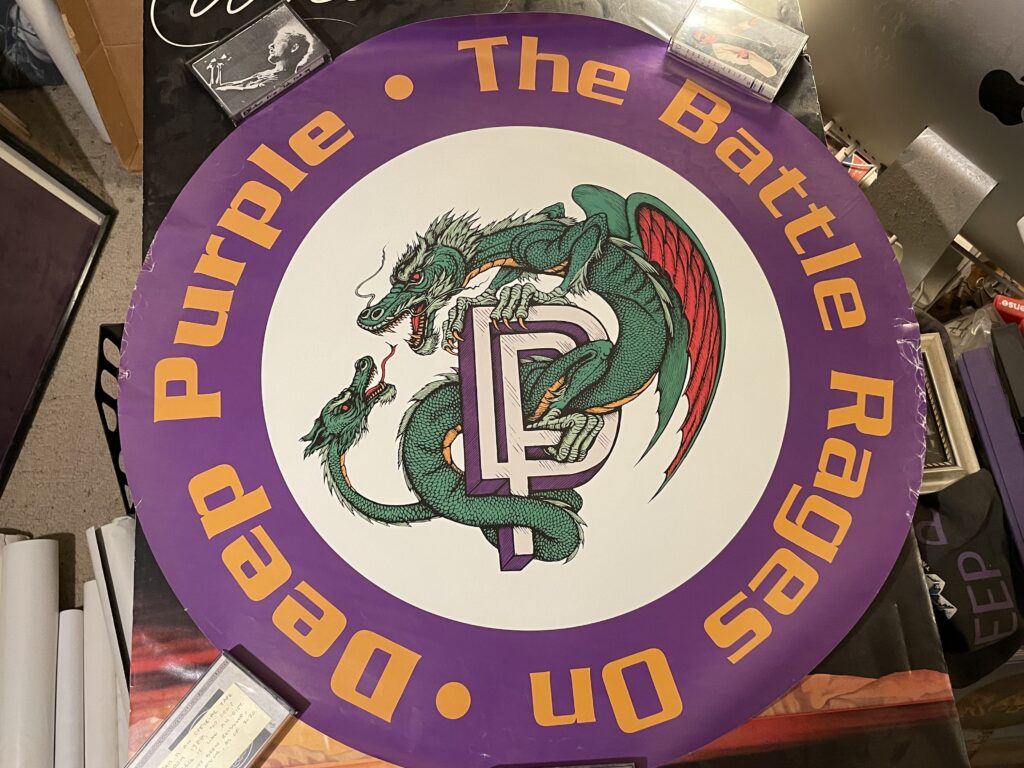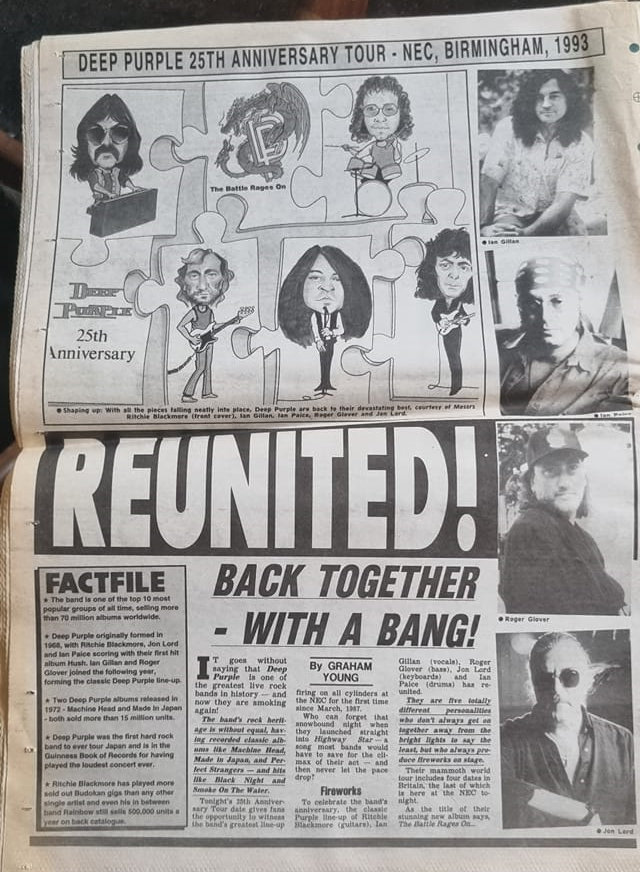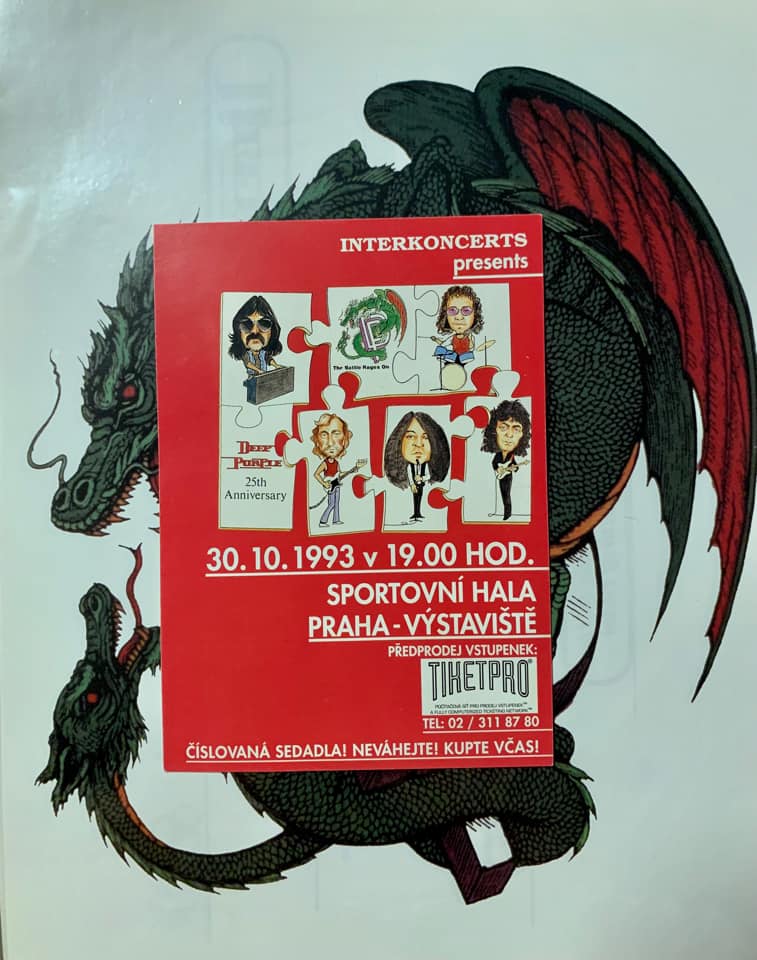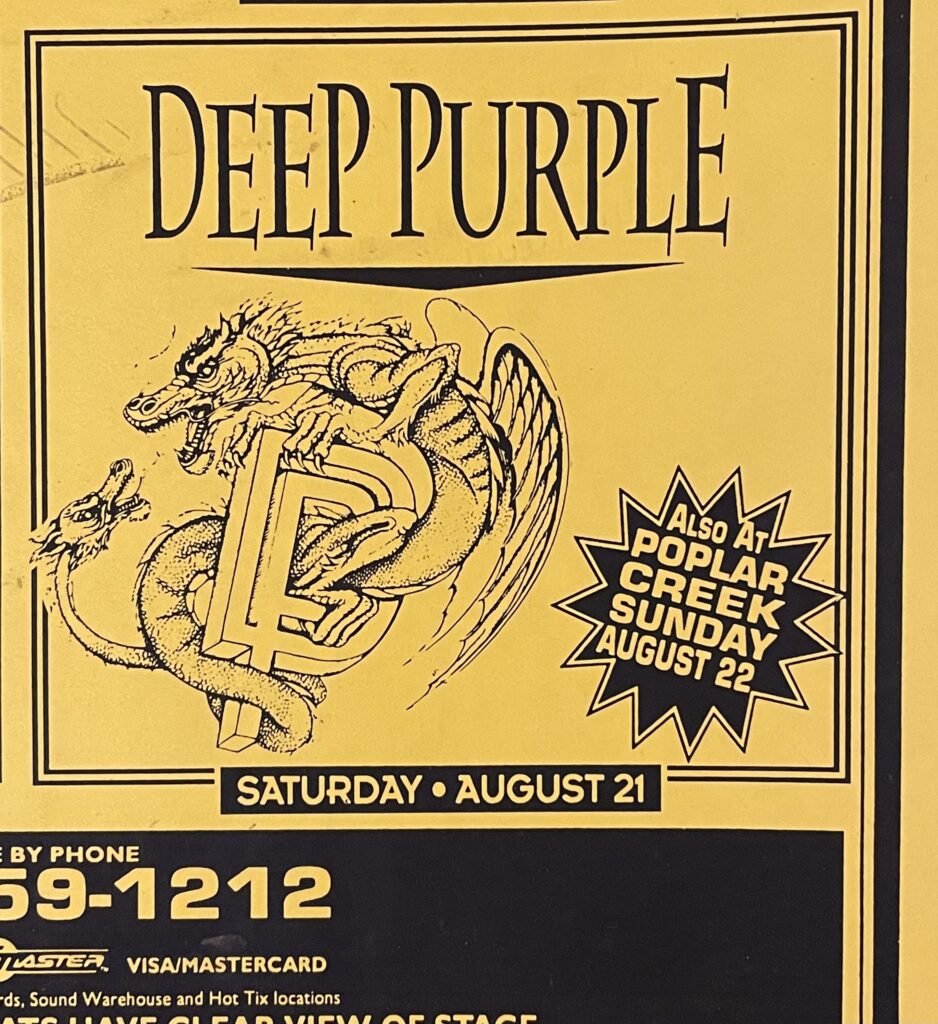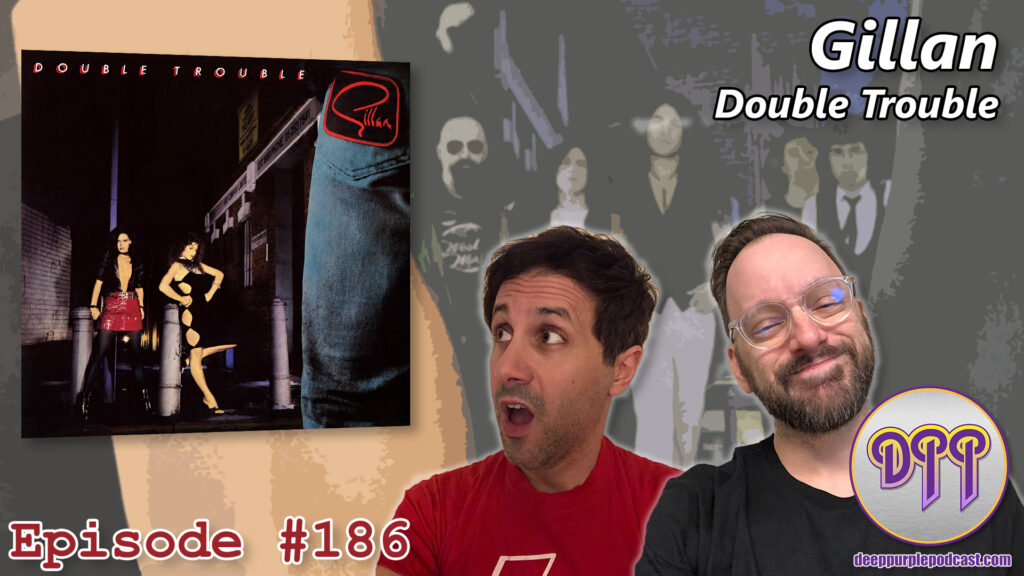
Disclaimer: The video used on YouTube is a byproduct of producing our audio podcast. We post it merely as a convenience to those who prefer the YouTube format. Please subscribe using one of the links below if you’d prefer a superior audio experience.
Subscribe at Apple Podcasts, Stitcher, Google Podcasts, Overcast, Pocket Casts, Anchor.fm, Breaker, PodBean, RadioPublic, Amazon Music, or search in your favorite podcatcher!
How To Support Our Show:
- Leave us a 5-Star Review on Apple Podcasts
- Buy Merch at Our Etsy Store!
- Become a Patron on Patreon
- Donate on Paypal (Donate one time or click “make this a monthly donation” box)
- Donate to $DPPOD Using Cash App
Brendan Ashbrook – Logo Designer
Thanks to Our Executive Level Patrons:
- The $25 “Uncommon Man” Tier
- Ovais Naqvi
- Purple Maniac
- The £10 Tier
- Dr. Jill Breis
- The Turn it up to $11 Tier
- Clay Wombacher
- Frank Theilgaard-Mortensen
- Alan “Ain’t Too Proud To” Begg
- Mikkel Steen
- $10 “Some One Came” Tier
- Ryan M
- Jeff Breis
- Victor Campos
- “Better Call” Saul Evans
- Kev Roberts & his wonderful children: Matthew, Gareth, and Sarah
- The $9.99 “What’s Goin’ On Here” Tier
- Richard Fusey
Deep Dive Podcast Network:
- Deep Dive Podcast Network
- Sabbath Bloody Podcast
- Skynyrd Reconsydyrd
- The Deep Purple Podcast
- T-Bone’s Prime Cuts On The Other Side
- In The Lap Of The Pods
- The Magician’s Podcast
- Hawk Binge
- Maiden A-Z
- Diary of the Madmen
- Universally Speaking: The Red Hot Chili Peppers Podcast
- Metal Gods Podcast
- The Podcast Will Rock
- Back Tracks: Aerosmith Revisited
- So Far, So Pod . . . So What!
- The Tom Petty Project
Lead up to the Album:
- Tensions were beginning to grow in the band.
- The band was taking an equal split but Gillan felt that he was the one taking the real risk.
- They were scheduled to fly back from shows they were performing to appear on “Top of the Pops.”
- Bernie refused to do it. The rest of the band weren’t terribly happy about it either. Gillan made ethe decision that they had to do it to support the record label.
- Gillan gave the band an ultimatum and said the car was coming to pick them up and that if you weren’t in the car, you weren’t in the band.
- Everyone turned up except Bernie.
- Gillan phones up Phil Banfield and said asked him to find a guitar player.
- Banfield found Janick but he wasn’t allowed to be on Top of the Pops because he wasn’t on the recording so they did the appearance without a guitar player.
- Gillan rehearsed with Janick in the hotel room.
- They rehearsed the new album in Lyme Regis in Dorset at Drake Hall (named after Sir Francis Drake).
- https://www.loudersound.com/news/bernie-torme-s-debt-to-ian-gillan
- “I think they wanted us to be more like Rainbow. In retrospect I think that was incredibly stupid because I think Gillan had a more long-term effect on what happened later in terms of thrash than Rainbow ever had.
- “I joined on £30 a week and at the end of it, big tours, three top 10 albums, I was on, I think, £45 a week. There was a complete shambles about publishing. It was badly organised and to be honest I would have to say an awful lot of that was Ian’s responsibility. He was the guy in charge and he promised things he wasn’t able to do.”
- An argument over an upcoming appearance on Top Of The Pops led Torme to walk away when he was told he wouldn’t be paid for it.
- He adds: “I really regret how I did it, I shouldn’t have done it in that way. It was terribly negative and I love all of them.”
Core Band:
- Bass – John McCoy
- Drums – Mick Underwood
- Guitar – Janick Gers
- Was a member of the band White Spirit before joining Gillan
- White Spirit had supported Gillan on tour
- Keyboards – Colin Towns
- Vocals – Ian Gillan
Additional Personnel:
- Management – Phil Banfield
Technical:
- Engineer – Paul ‘Chas’ Watkins* (tracks: A1 to B4)
- Producer – Steve Smith (3)
- Worked with Bob Marley & The Wailers, Robert Palmer, Toots and the Maytals, and Supertramp.
- Recorded By [Manor Mobile] – Chris Blake (tracks: D2)
- Worked with Tangerine Dream, Mike Oldfield, and Van Morisson.
- Recorded By [Rolling Stones Mobile] – Mick McKenna (tracks: C1 to D1, D3), Steve Smith (3) (tracks: C1 to D1, D3)
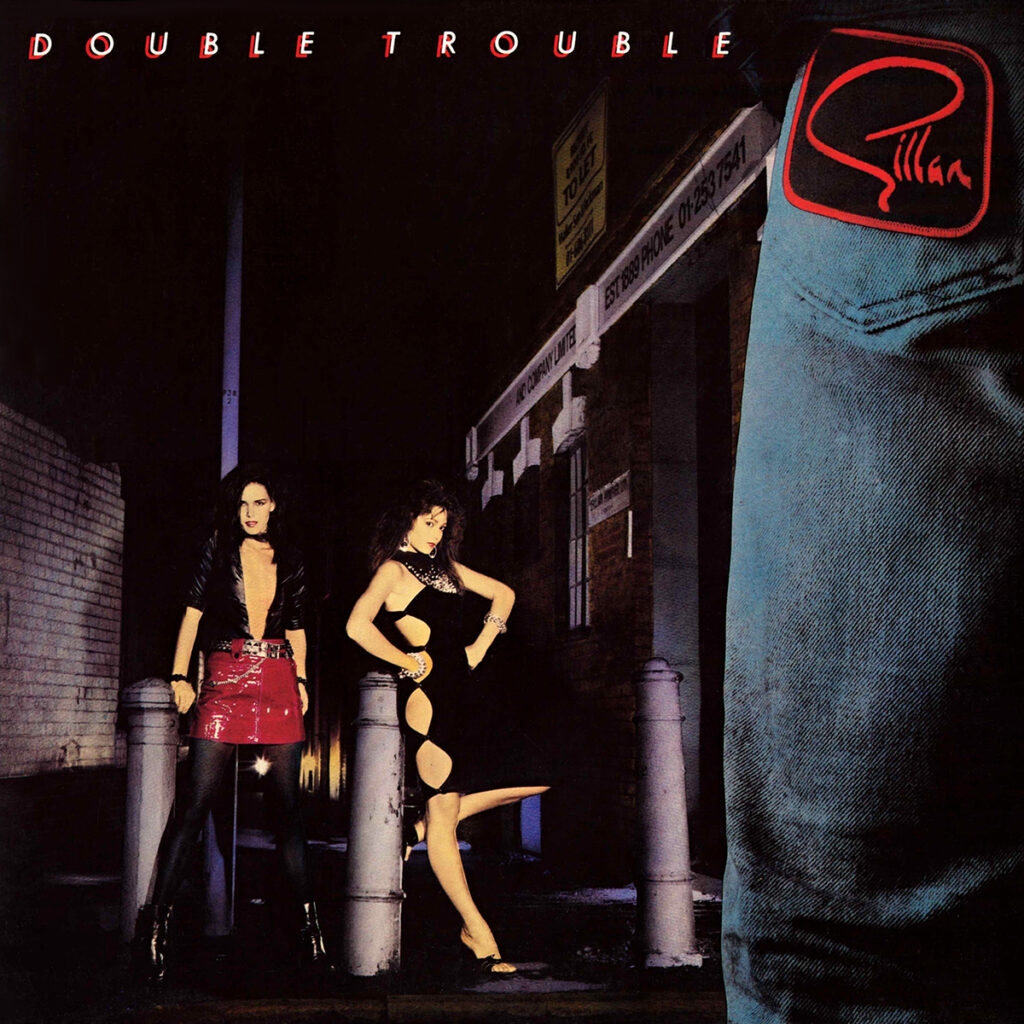
Album Art & Booklet Review
- Design [Sleeve], Artwork – Jean-Luke Epstein*
- Worked with Graphyk
- https://www.discogs.com/label/294074-Graphyk
- Did artwork for The Kinks, Kool and the Gang, Jimmy Page
- Passed away in 2017
- Design [Sleeve], Artwork – Lol Sanford
- Also worked for Graphyk, not many other credits
- Photography By [Inner Sleeve] – Mick Gregory
- Worked with Samson, Bernie Torme, and credit on the Perfect Strangers album art
- Photography By [Inner Sleeve] – Nico Preston
- Only this Gillan album and a Gary Moore album as a credit
- Photography By [Outer Sleeve] – Jon Prew
- Credits with Split Enz, UB40 and, Rory Gallagher
Thanks to Our Core Level Patrons:
- The $7.77 KeepItWarmRat Tier
- Michael Vader
- The $6.99 “New Nice Price” Tier
- Fielding Fowler
- The Episode $6.66 Tier
- Steve Coldwell
- Arthur Smith
- Anton Glaving
- The $6.65 “Almost Evil” Tier
- Kenny Wymore
- $5.99 The “Nice Price” Tier
- Robert Smith
- Peter from Illinois
- Michael Bagford
- Karl Hellberg
- $5 “Money Lender” Tier
- John Convery
- German Heindl
- Adrian Hernandez
- Jesper Almén
- Oleksiy The Perfect Stranger Slyepukhov
- James North
- Mark Hodgetts
- Will Porter
- Zwopper The Electric Alchemist
- Percival Frequency
- Scott Zerns
Album Tracks:
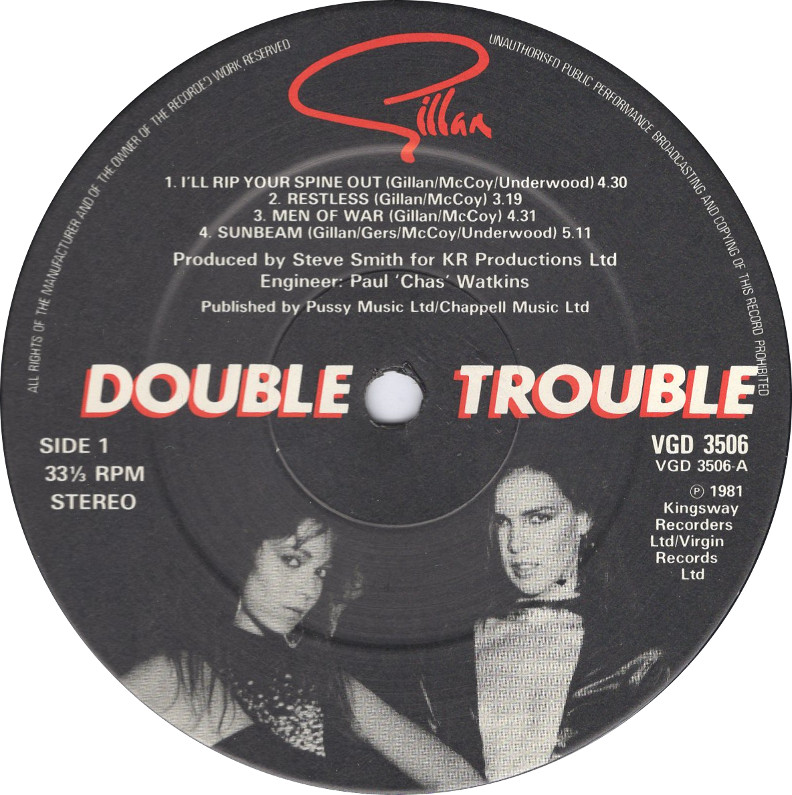
Side One:
- I’ll Rip Your Spine Out (Gillan, McCoy, Underwood)
- Restless (Gillan, McCoy)
- Men of War (Gillan, McCoy)
- Sunbeam (Gillan, Gers, McCoy, Underwood)
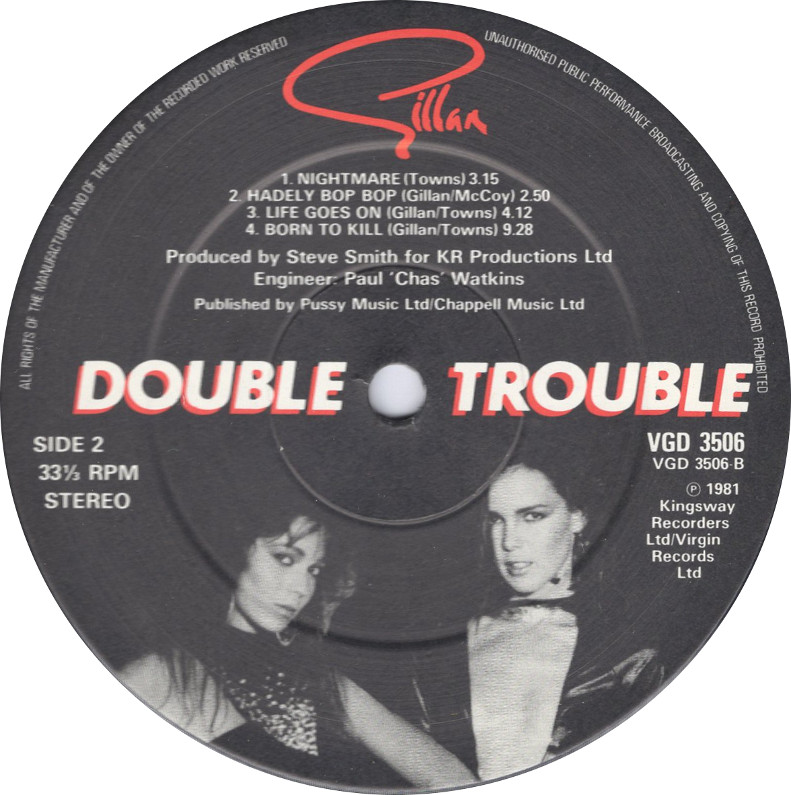
Side Two:
- Nightmare (Towns)
- Released as a single and made it to #36 on the charts
- Hadely Bop Bop (Gillan, McCoy)
- Life Goes On (Gillan, Towns)
- Born to Kill (Gillan, Towns)
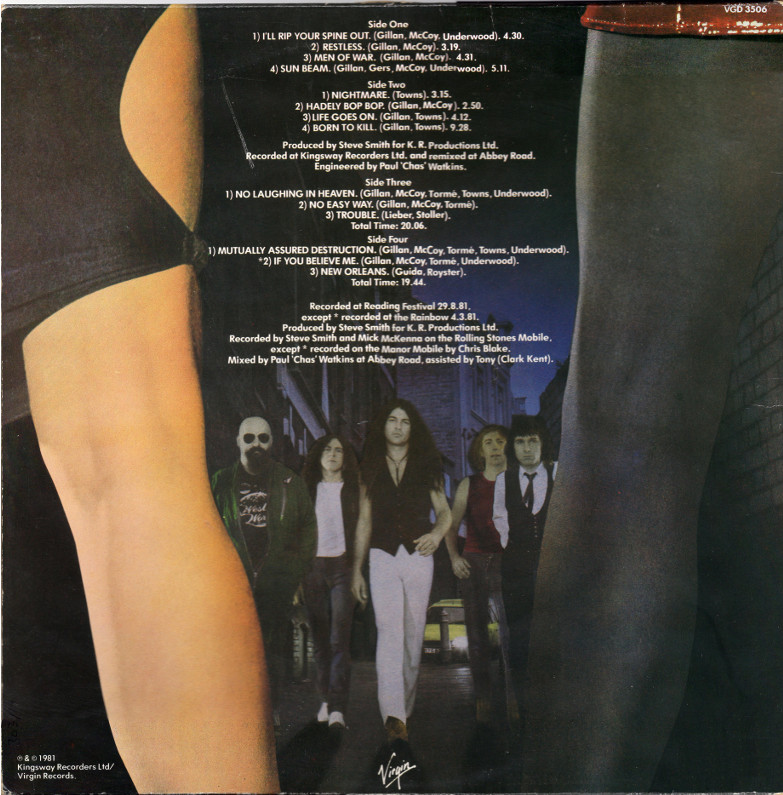
Thanks To Our Foundation Level Patrons:
- The $3.33 Half Way to Evil Tier
- Raff Kaff
- Spike the Rock Cat
- Spike’s Mom
- $3 “Nobody’s Perfect” Tier
- Peter Gardow
- Ian Desrosiers
- Mark Roback
- Duncan Leask
- Stuart McCord
- Flight of the Rat Bat Blue Light
- Øyvind Fjeldbu –
- Runar Simonsen –
- JJ Stannard
- Ruinous Inadequacies
- $1 Made Up Name Tier
- The “Born to Spill” Leaky Mausoleum
- Stephen Sommerville The Concerto 1999 Fanatic
- Hank the Tank
- Private Eyes
- Ashen Lionel
- Blackmore’s Tights
- John Miceli
Bustin’ Out The Spreadsheet
Reception and Charts:
- UK Chart Entry: 7 Nov 1981
- Highest Position: 12
- Total Weeks on Chart: 15
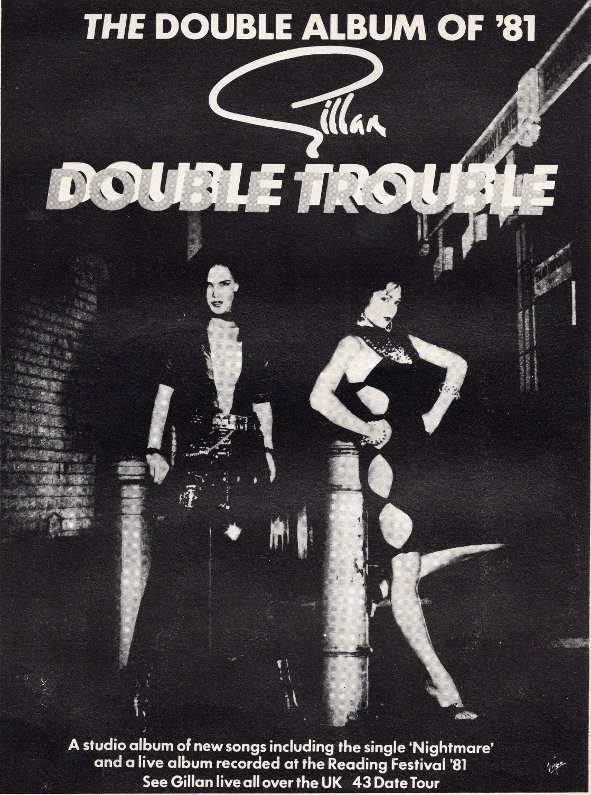
Reviews:
- Darker Than Blue Issue 25 July 1982
- GILLAN: Double Trouble. Virgin VGD 3506: UK: Oct 1981
- Some of it has grown on me, and what seemed initially like a non-starter bar one track now rates somewhat higher. ‘I’ll Rip Your Spine Out’ is one of my favourites, let down only by the rather predictable synth tone in the solo. It’s ‘Men Of War’ which really slays me, and has done from the first play. The vocals soaring in and out, growling and screaming – magnificent. The guitar works well, but again I find the keyboards somewhat ordinary. The album ends with the only two Gillan/Towns compositions, of which I think I prefer ‘Life Goes On’. A marked change in style instrumentally, and some good vocals. We even get some of the Mary Longs sneaking in near the end, with a nice dramatic close. Which is more than you can say for ‘Born To Kill’. it fizzles out after such a good build up through all the different tempos etc. Certainly good stuff, Colin playing well, and I feel I’d go for it more had they not done it so well live. At times I do find myself missing the Gillan “thrash” of yore, and the mix isn’t anything to shout about, but the album certainly has more going for it than the last poor effort. Gers slots in well, only two Blackmoresque solos throughout.
- The bonus live LP is a real duffer, and a poor recording (mostly from the Reading festival 1981). The sleeve artwork is crummy. Enough, what about the singles?….
- From Kerrang #22 Aug 12-25 1982 entitled “If I Were A Carpenter”
- In a field somewhere between London and Reading lies a tape of “Double Trouble.” A two-record set containing both live and studio material, it surpassed all previous Gillan albums in terms of overall sales. Yet a pre-release earful of the studio half (and only part of that) during a fifth-gear burn up on the M4 proved more than enough for Ian Gillan himself. The songs he liked, the mix, handled by US producer Steve Smith, he didn’t.
- “I wound down the window, ripped the tape out of the cassette player and threw it away. It was…*crap*!”
- There are times, even for one of rock’s most articulate spokesmen, when the simple, graphic expression carries most meaning. Clearly Ian gleans little pleasure from the memory of that album but, a pub near the Hounslow district of London being our chosen rendezvous, he can at least console himself with a pull on a pint.
- “All the power was missing from it,” he continues, setting down his glass, “I just hated it. The sound was more acceptable for American audiences, I suppose, but I don’t really give a monkey’s toss about American audiences or any audience when it comes to writing the songs. Which isn’t to say I don’t care about the fans, just that, ultimately, you have to make your own judgment on music, you’ve got to be proud of what you do because you’re the one who has to live with it, be it a success or a failure.
- “As far as I’m concerned the public can take me or leave me and what I do. No compromise at *any* stage at all. I’m not interested in it. I left Deep Purple for that reason, because suddenly we were beginning to do what the audience expected. Even if ‘Double Trouble’ had been multi-platinum…well, I haven’t played it since.”
- In “Child in Time” Gillan writes:
- About after he ditched the cassette out the car window
- “A few weeks later I listened to it again and realized that I had completely missed it. How stupid I had been because it was a fine piece of progressive rock, and I don’t think I had ever felt that since early Purple days. Songs like “Restless, “I’ll Rip Your Spine Out,” Hadlely Bop Bop” “No Easy Way” and the single “Nightmare” all jumped out at me.Who said you couldn’t make a good album while on the road? Gillan were doing it with consistency while playing 200 shows a year.
For Further Information:
- https://en.wikipedia.org/wiki/Double_Trouble_(Gillan_album)
- http://www.deep-purple.net/tree/gillan/gillan-1.htm
- http://www.deep-purple.net/DPASmags/stargazer25r.htm#dou
- https://www.thehighwaystar.com/interviews/gillan/ig19820812_1.html
- From Kerrang #22 Aug 12-25 1982 entitled “If I Were A Carpenter”
- https://www.45worlds.com/vinyl/album/vgd3506
- Stargazer No. 25, July 1982 (1)
- https://www.metal-rules.com/2018/08/05/bernie-torme/
- https://www.loudersound.com/news/bernie-torme-s-debt-to-ian-gillan
Listener Mail/Comments
- Comments about the show? Things you’d like us to cover? We’d love to hear from you. Send us an email at info@deeppurplepodcast.com or @ us on Twitter, Facebook, or Instagram.

